Bay Windows
Available Product Lines
Beautiful Bay Windows from SoftLite are Completely Customizable
Let your imagination run free with bay windows from SoftLite, which are customizable with countless combinations of window styles, colors, and energy-efficient glass options. A bay window actually is a set of windows arranged together in a pattern that extends outward from the home. The pattern includes three panels, like a triptych in a Renaissance cathedral. How those three panels are composed is completely up to you, and that’s where your imagination comes into play.
You can design your bay windows any way you like to match your home. For example, combine a picture window in the center with two casement windows on either side for ventilation. Go with a shingled gable effect on the outside, or add a sweeping metal roofing finish instead. Use custom-designed decorative glass, or any number of different grid patterns to create the effect you desire.
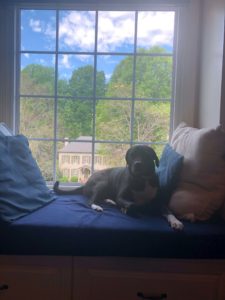
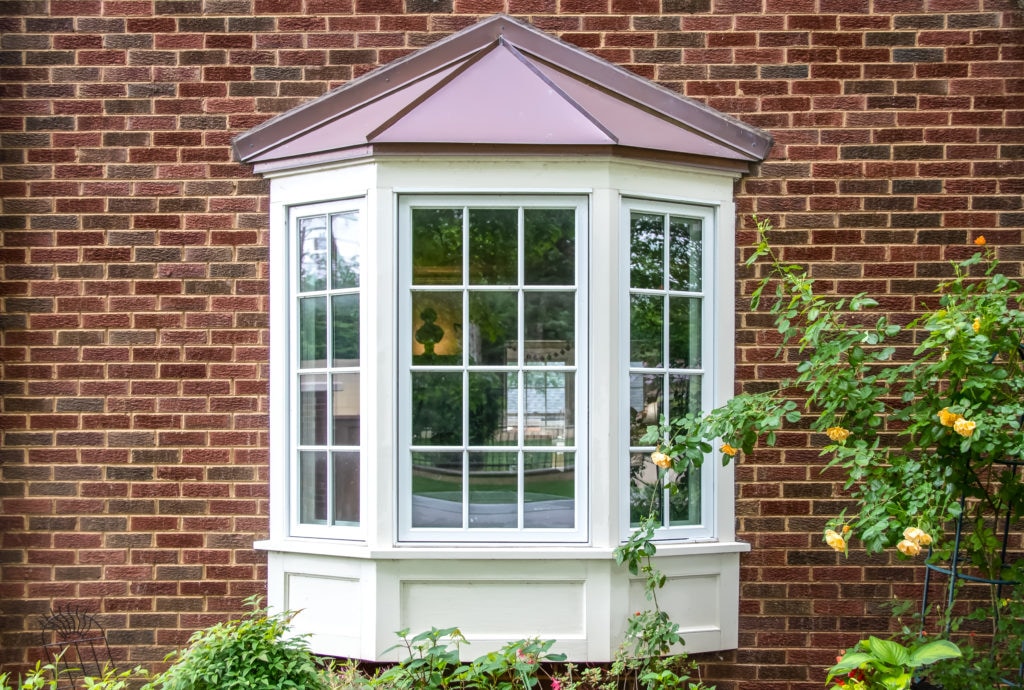
With SoftLite bay windows, you can choose from among casement windows, picture windows, and double-hung windows, with a selection exterior colors. We also offer a custom color matching program to give you the choice of practically any color under the sun. Our bay windows also come with outstanding features that set them apart from other manufacturers, including:
- SuperSeat™ base, with insulated window seating
- Five interior woodgrain finishes
- Comfort-Foam™ insulation
- A welded sill pan
- A threaded steel rod and chain bracing system to prevent sagging over time

Features & Options
1 1/2 inch Furniture Grade Hardwood Veneer Seat
Super Seat™
Edge Banding
ComfortFoam™
Low-e Glass
Solid Steel Threaded Rod Mulling
Fasteners
Cable-Free Chain Support System
Full Vinyl Capping and Wrap
Array of Configurations
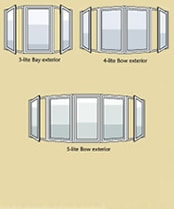
1 1/2 inch Furniture Grade Hardwood Veneer Seat
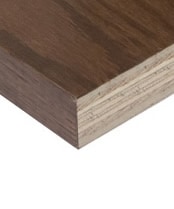
Super Seat™
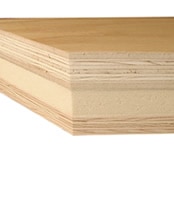
Edge Banding
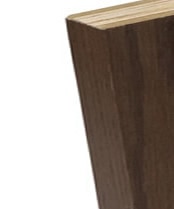

Low-e Glass
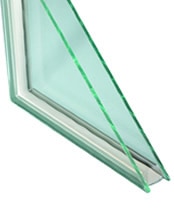
Solid Steel Threaded Rod Mulling
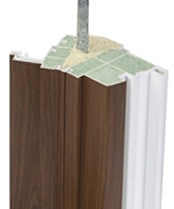
Fasteners
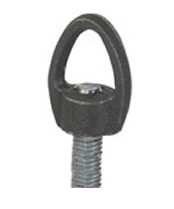
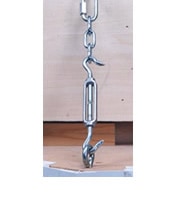
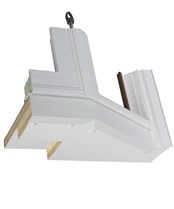
Options
Solid Color Choices
Exterior Foil Laminates
Interior Wood Grain Finishes
Decorative Grid Options
Decorative Grid Patterns
UV Fade Protection
Pre-Finished External Knee Brace
Hip-Style Roof System
Roof Clad Kits
Designer Architectural Glass
Exterior Color Coating Finishes
Solid Color Choices
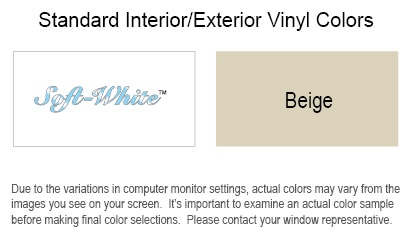
Exterior Foil Laminates

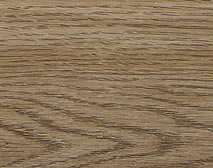 Light Oak |
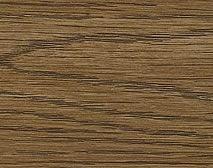 Medium Oak |
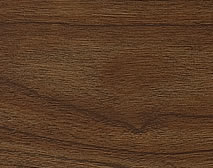 Cherry |
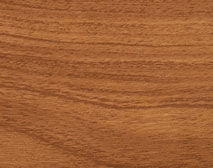 Brazilian Cherry |
Decorative Grid Options
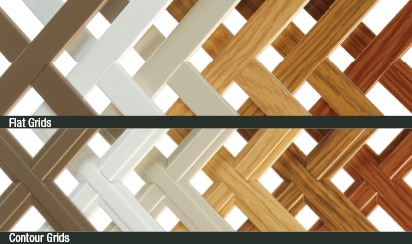
New
3-Year
5-Year
7-Year
Pre-Finished External Knee Brace
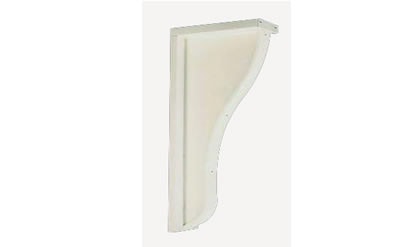
Hip-Style Roof System
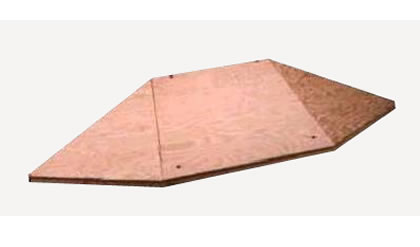
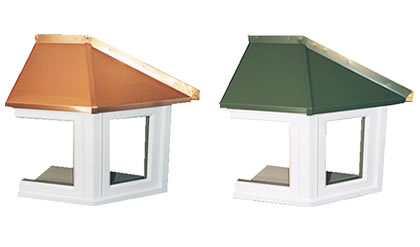
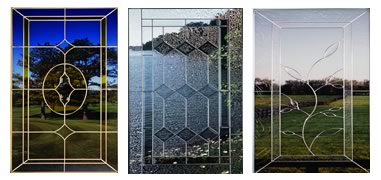
|
Almond Black Bronze Champagne Coastal Dune Colonial Ivory |
Gray Rosewood Royal Brown Sandstone Sierra Terratone |
All SoftLite Windows Come With a Lifetime Warranty
In addition, all moving parts and the insulated seal are warranted against material defects and craftsmanship. Our bay windows will not rot, rust, warp, pit, corrode, or blister. Our colors will never fade.
To learn more about your many options for having SoftLite bay windows or bow windows or to schedule a consultation, contact a dealer near you.
Not sure what you need? No worries. Our professional dealers are here to help.
What People Say
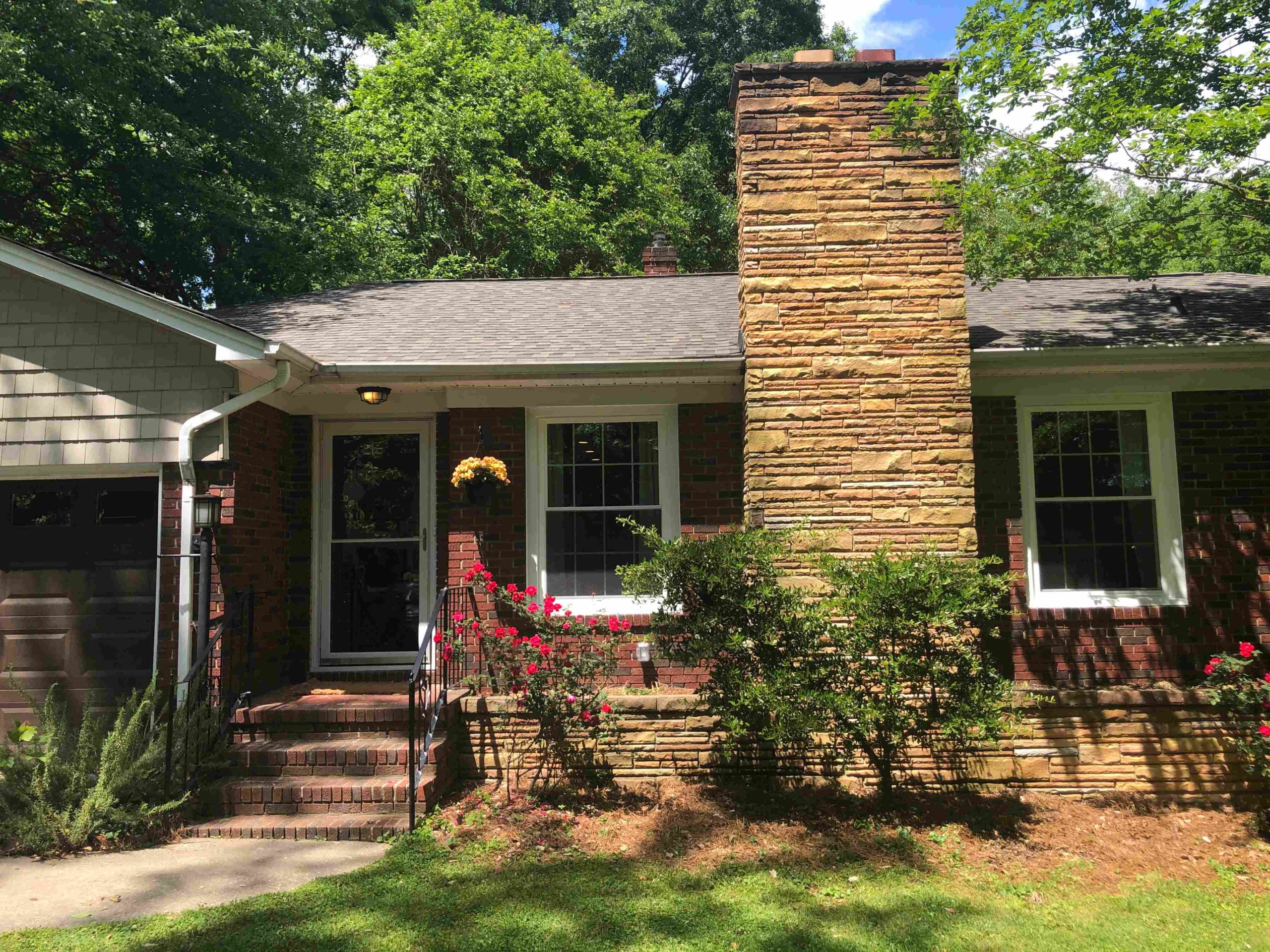
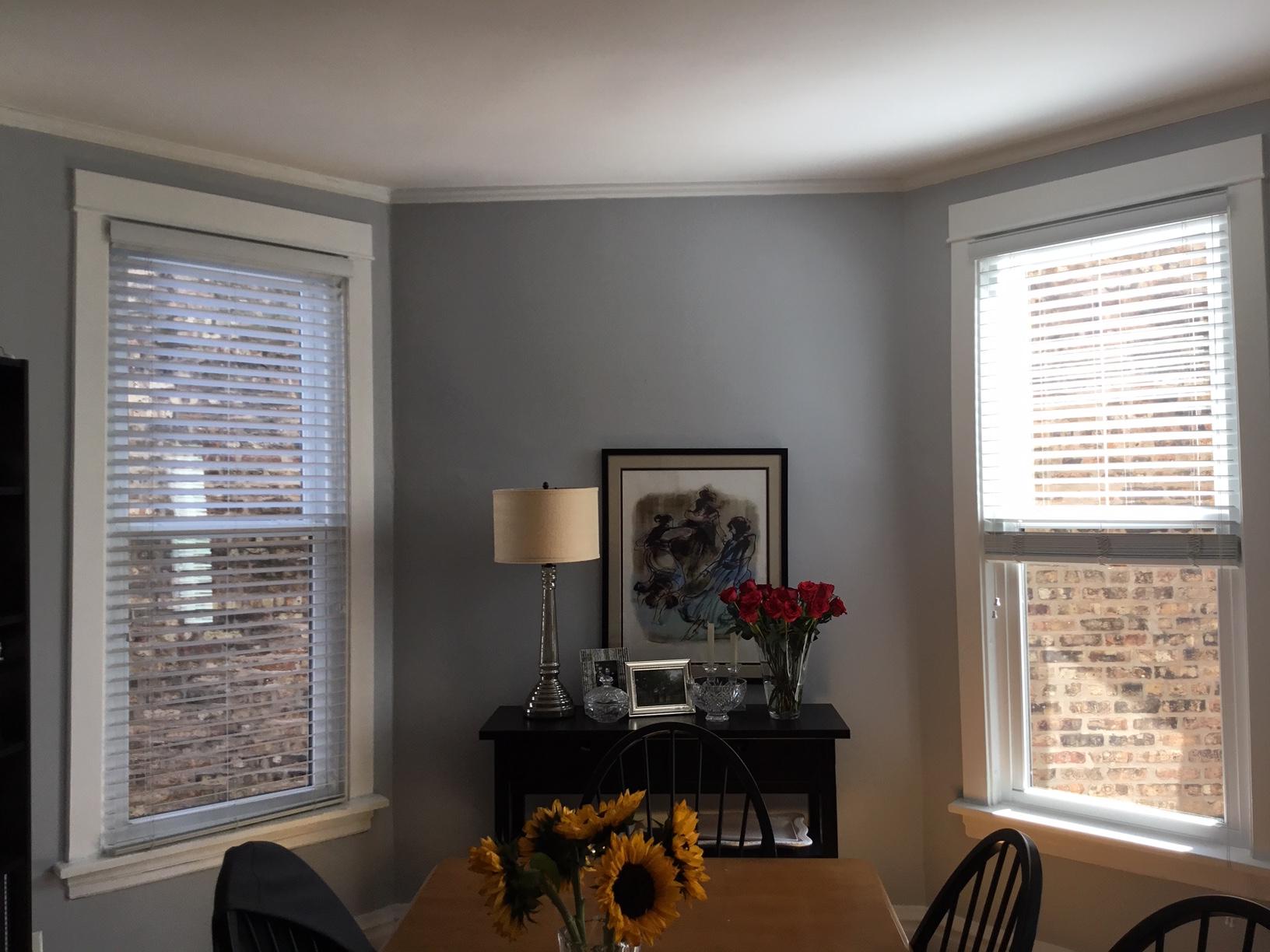
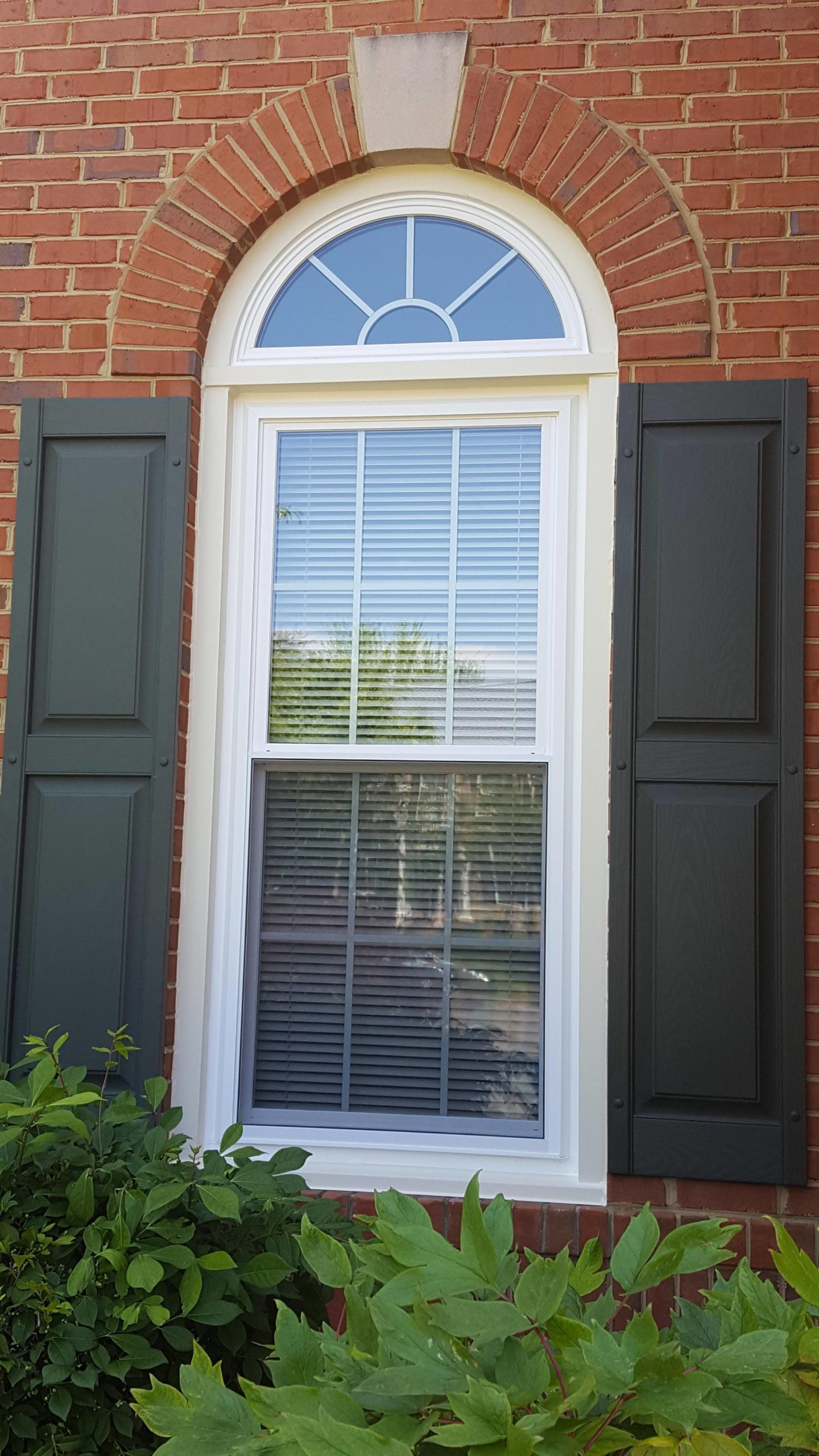
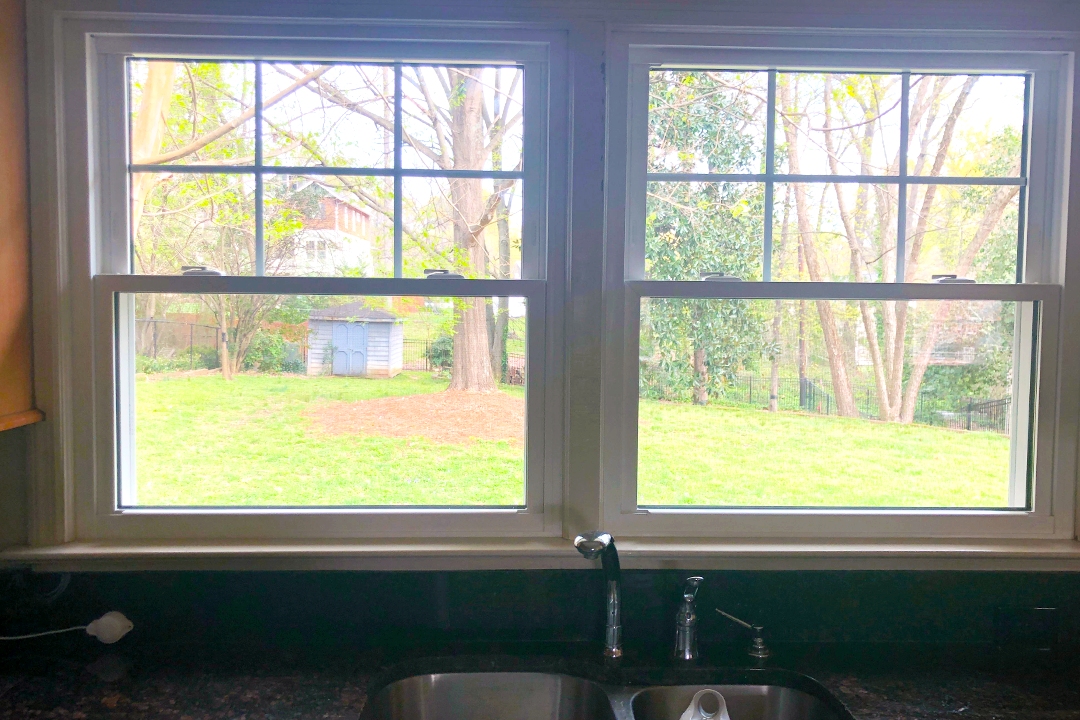
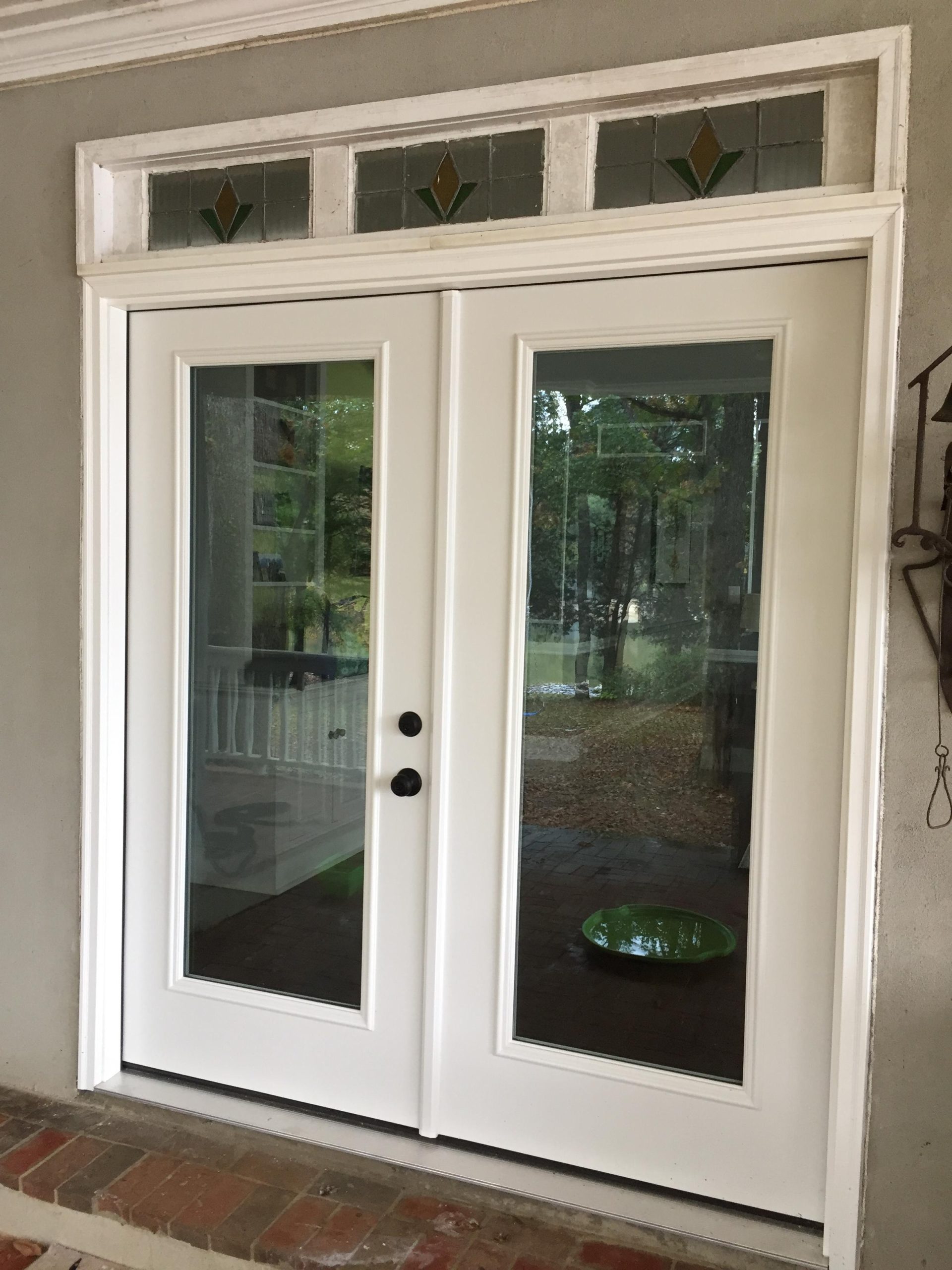
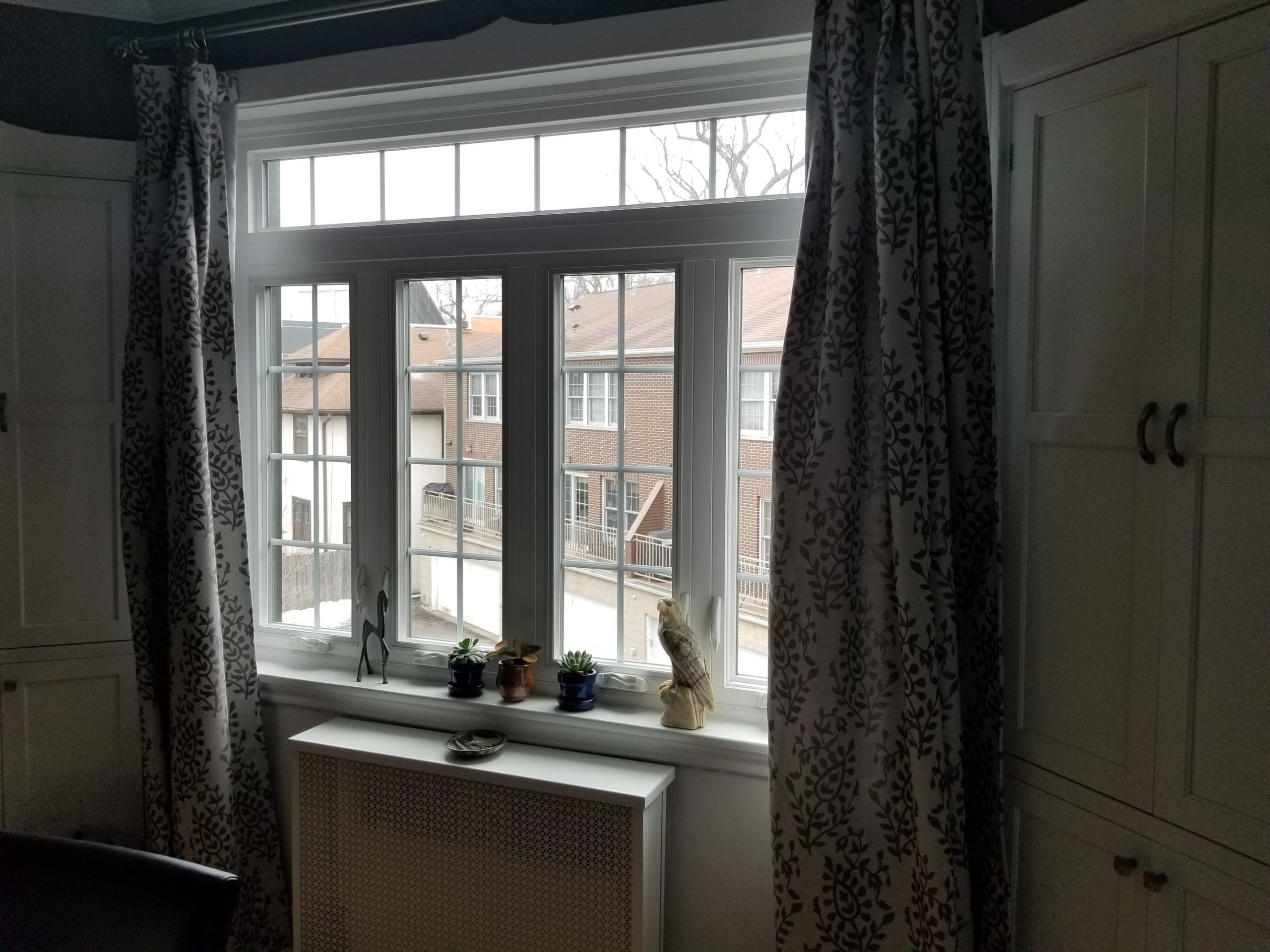
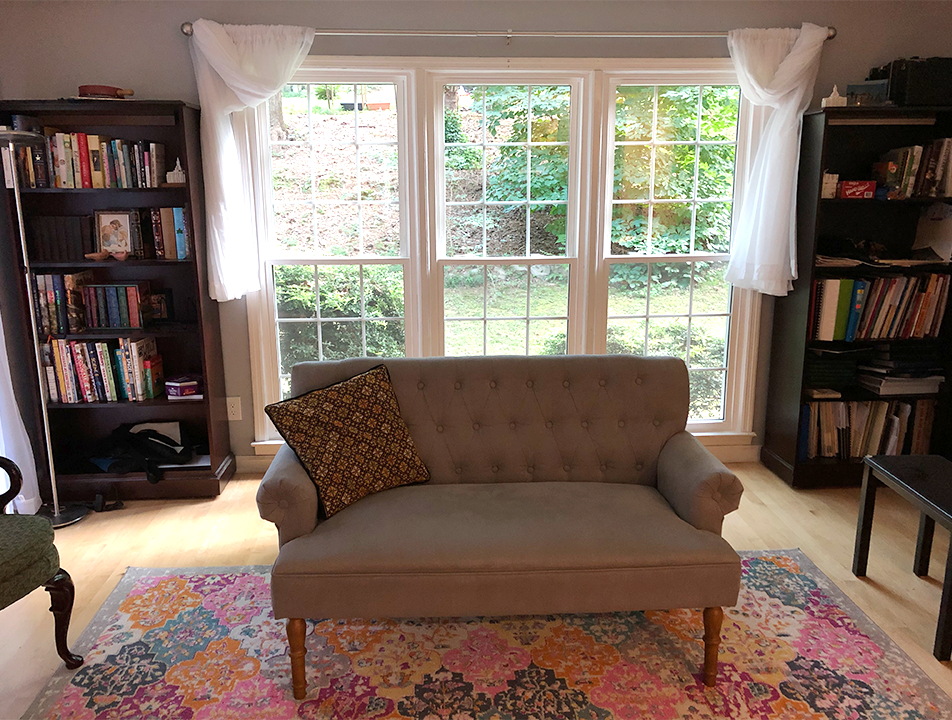
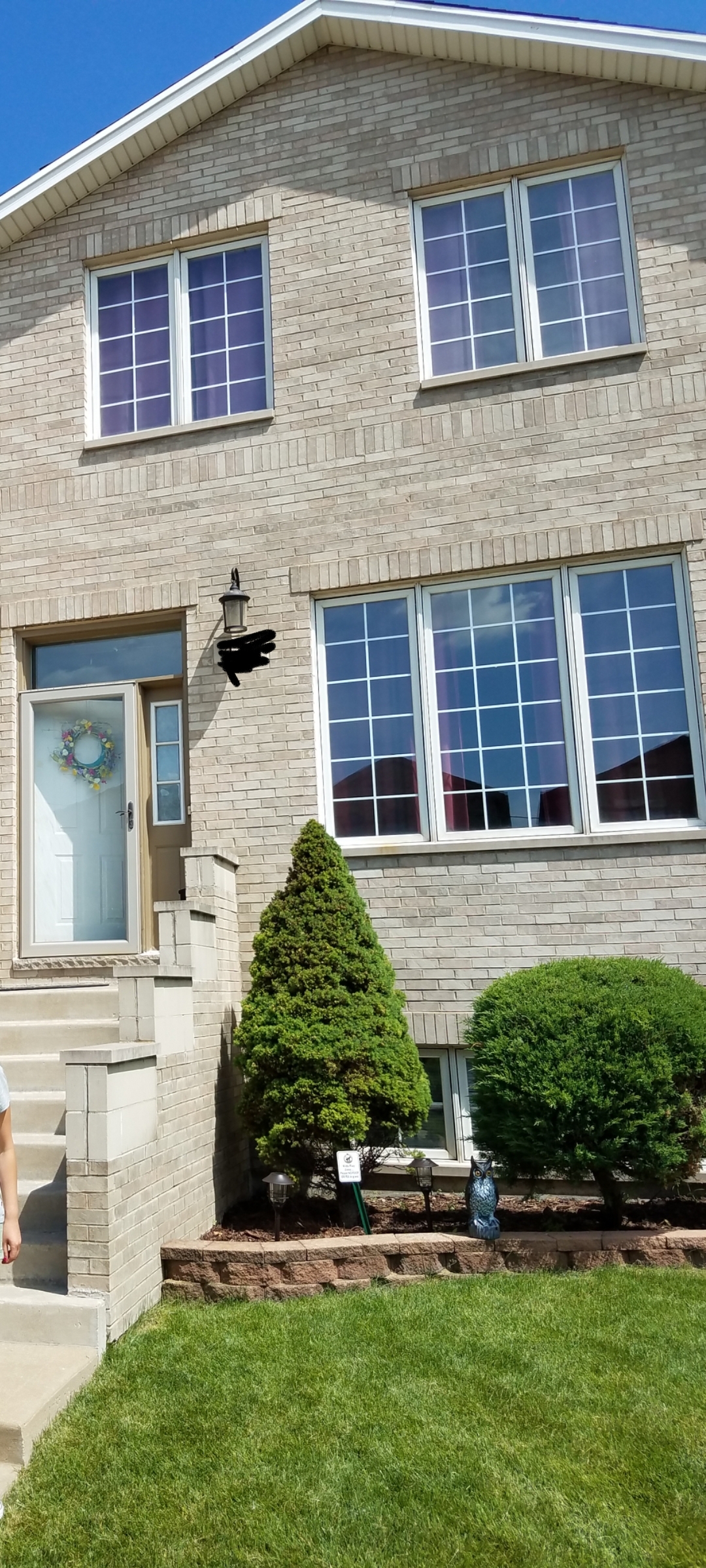
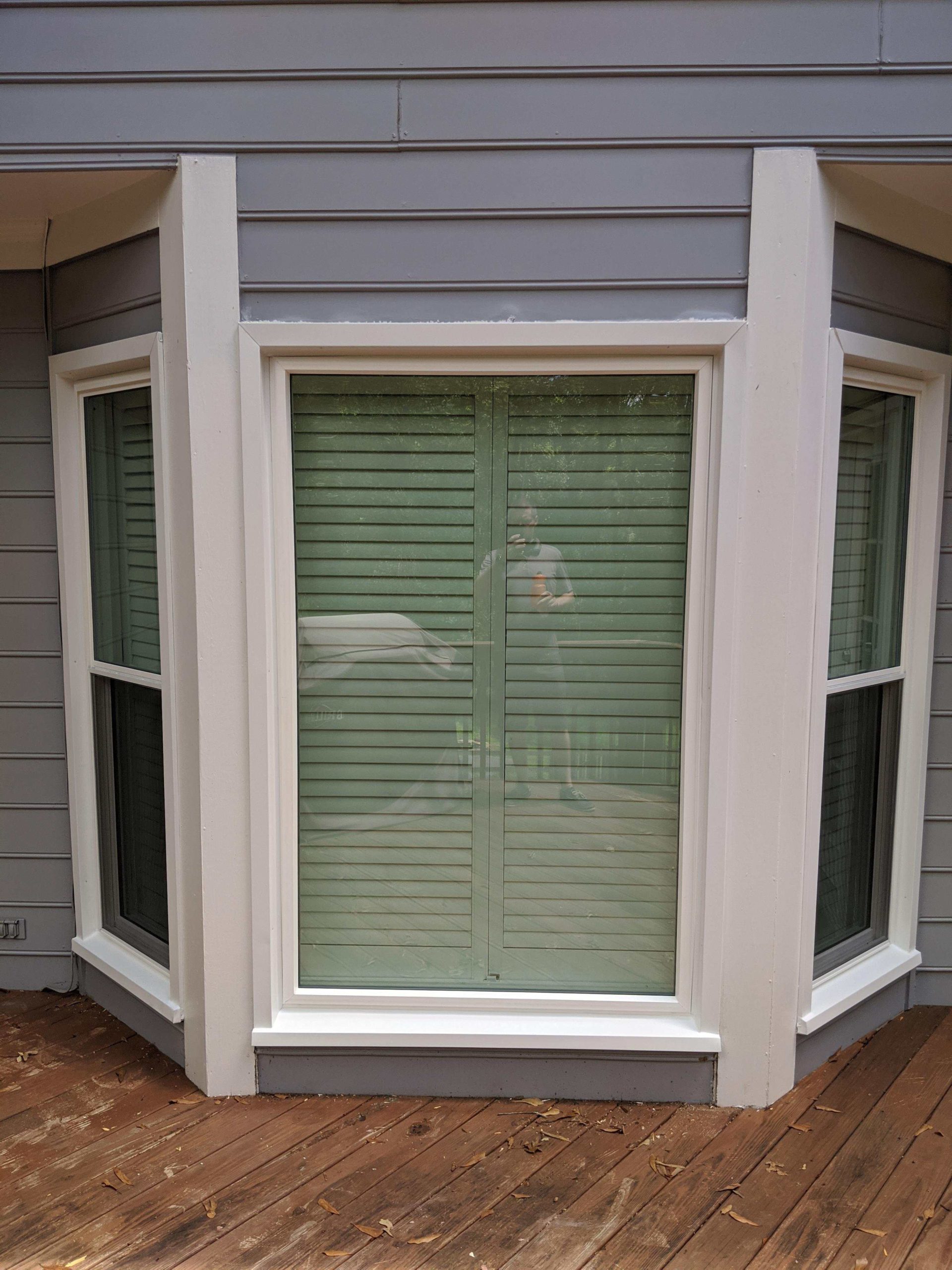
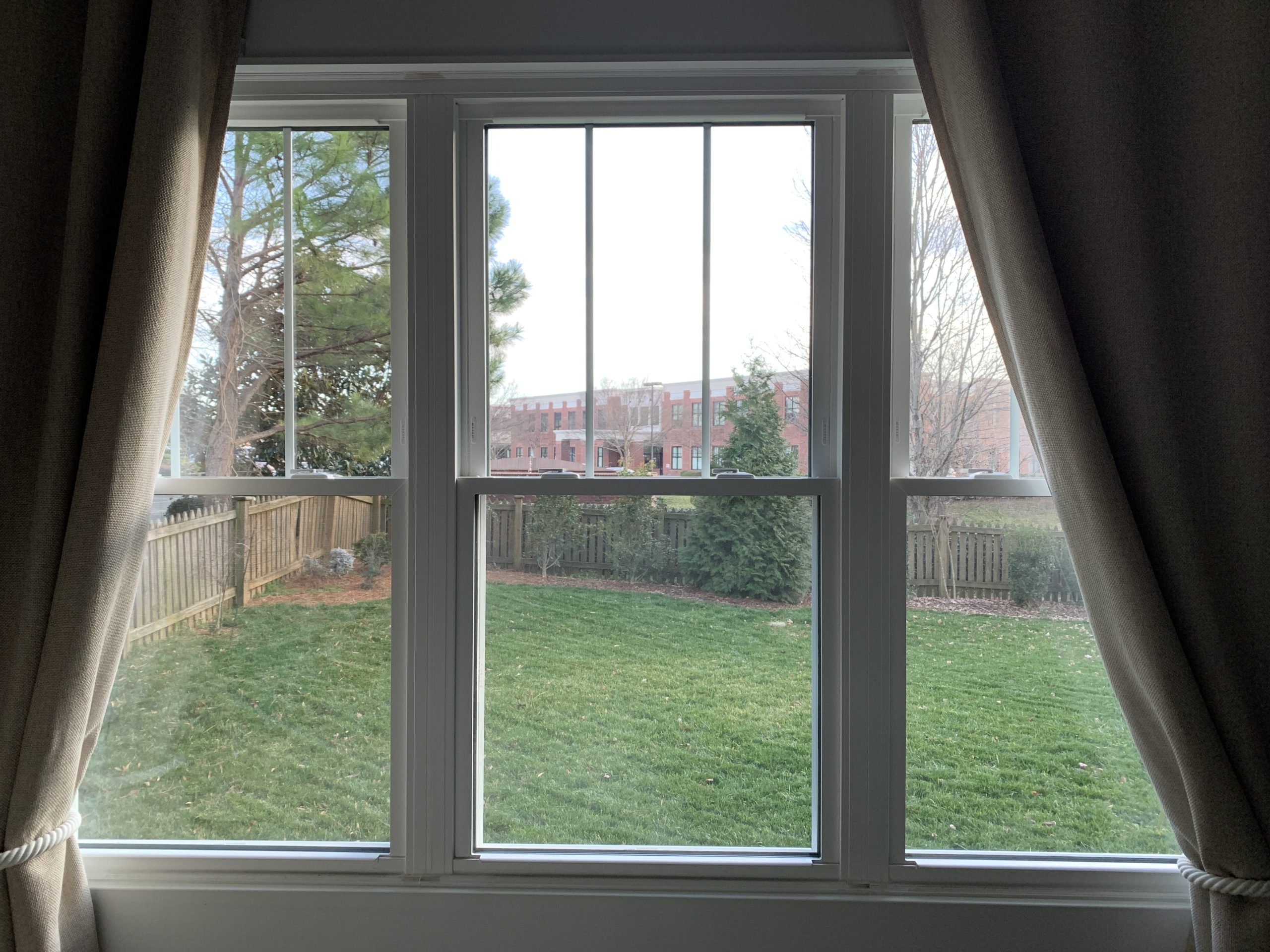
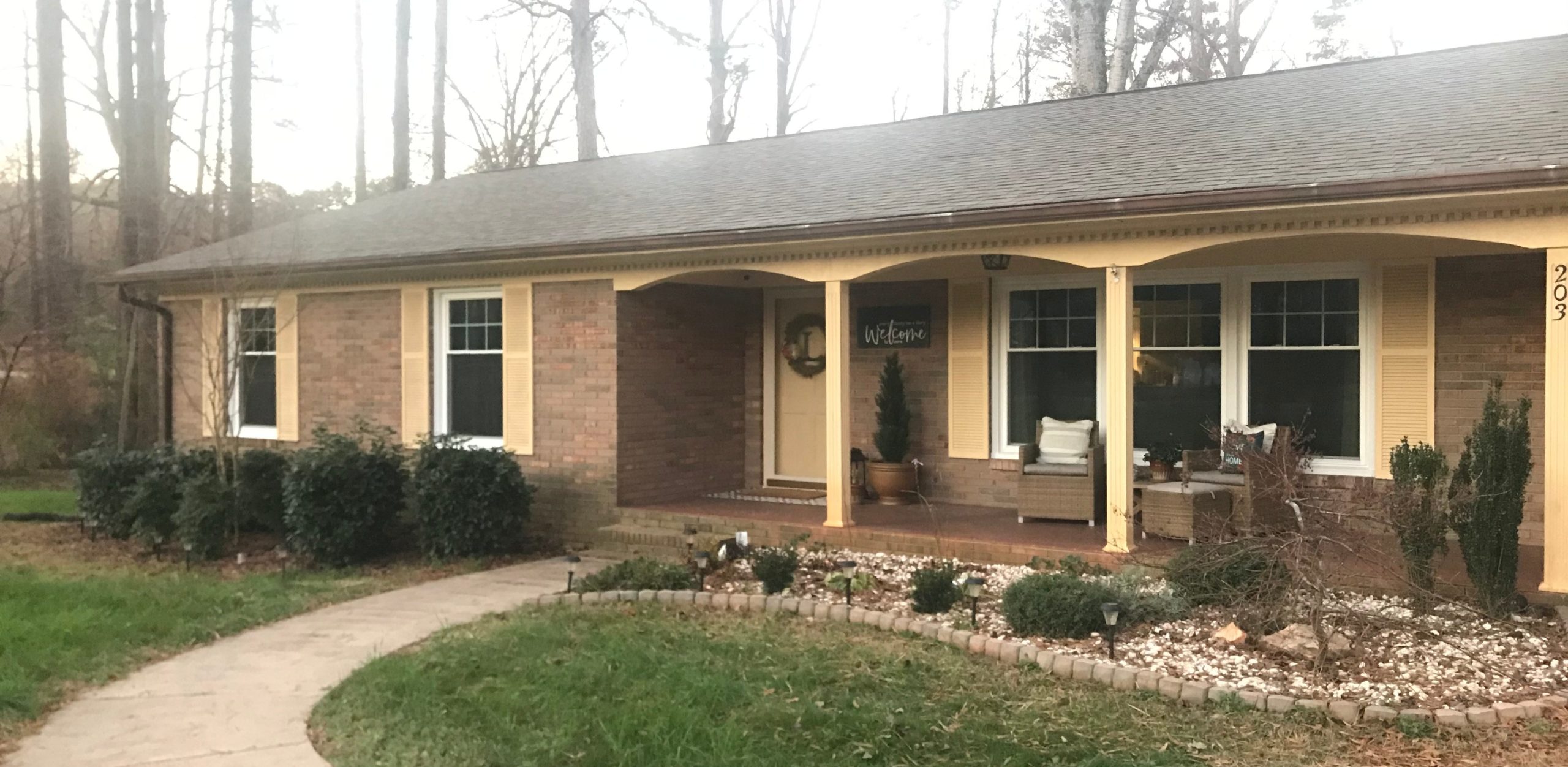
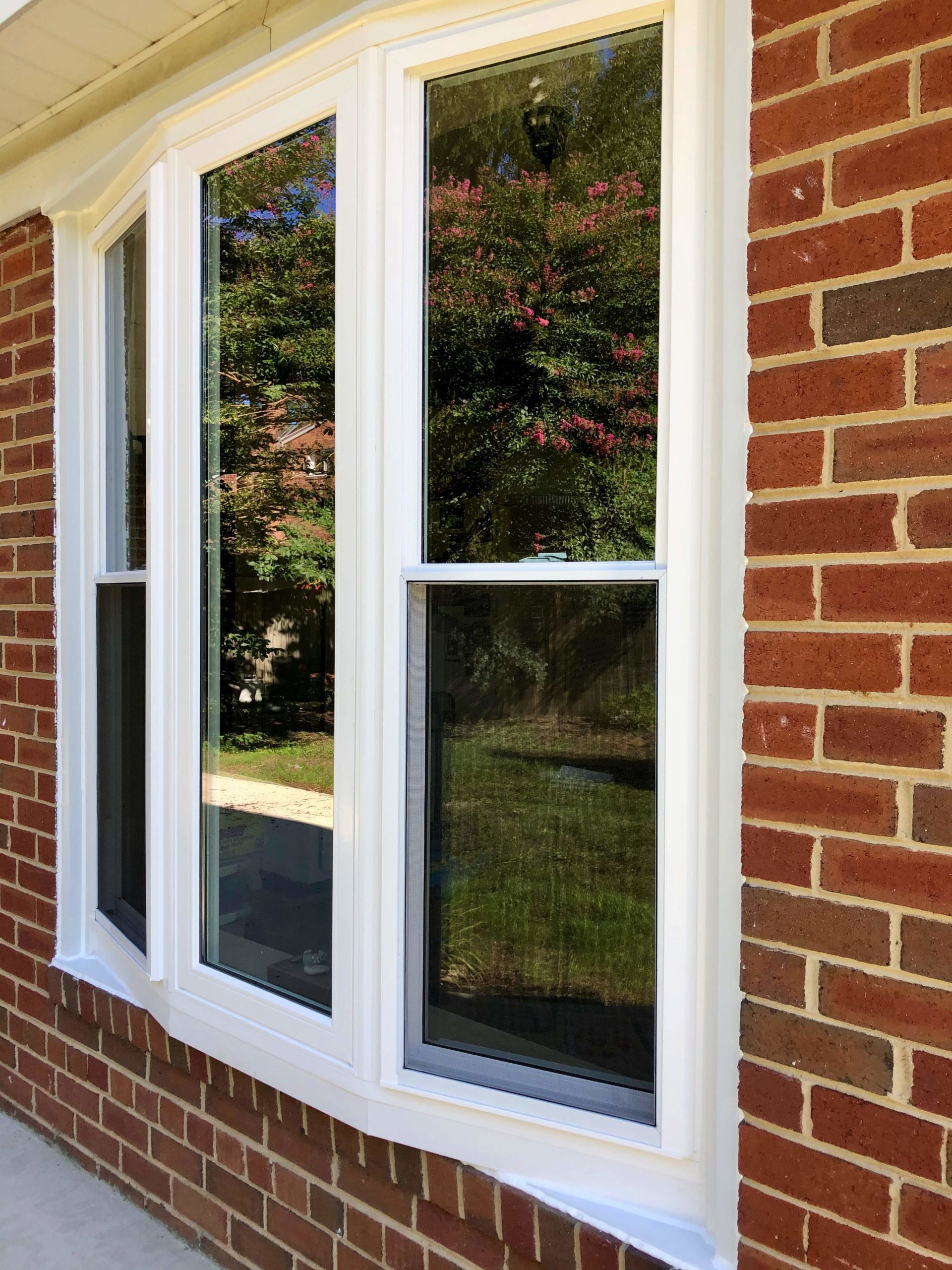
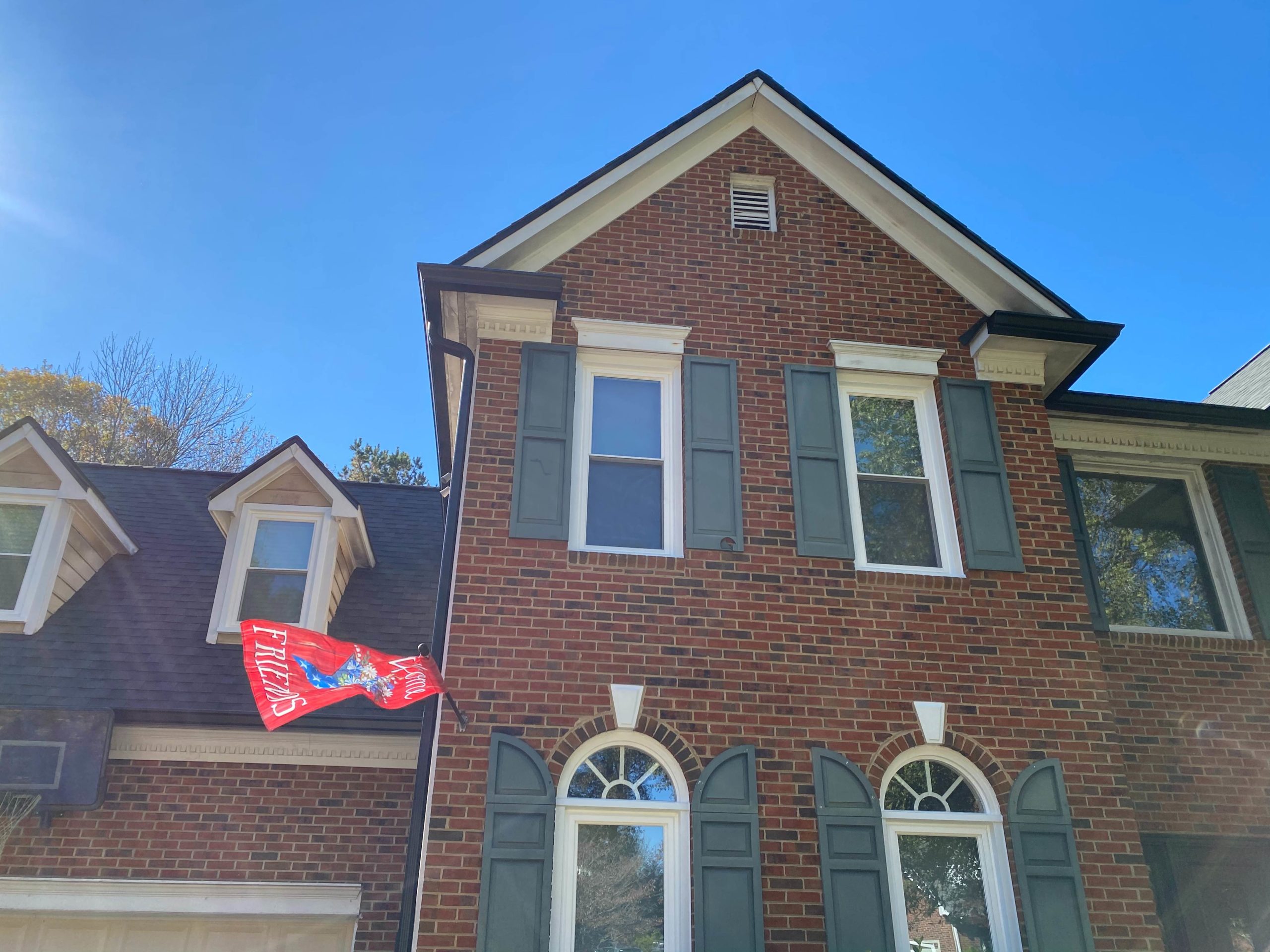
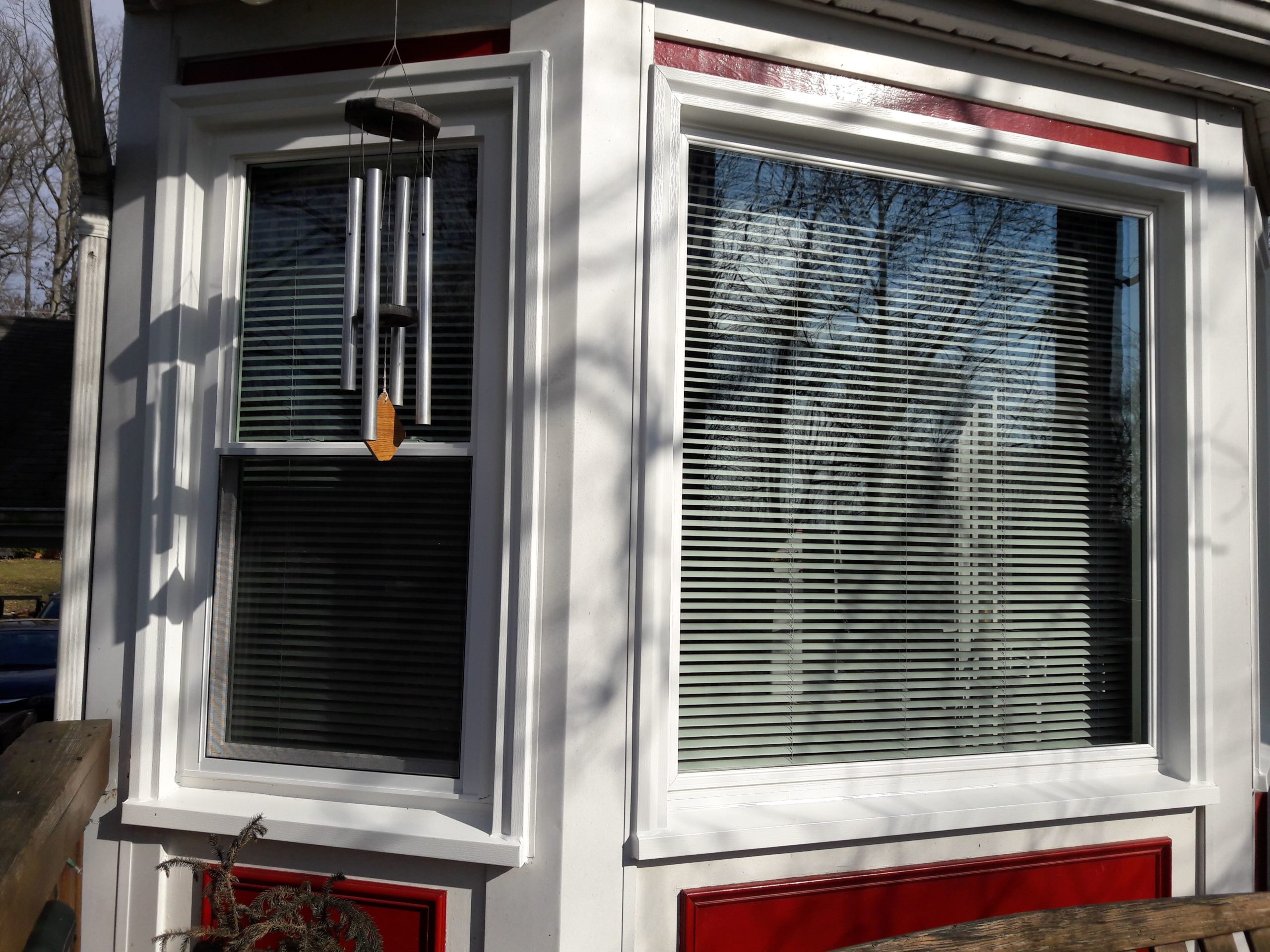
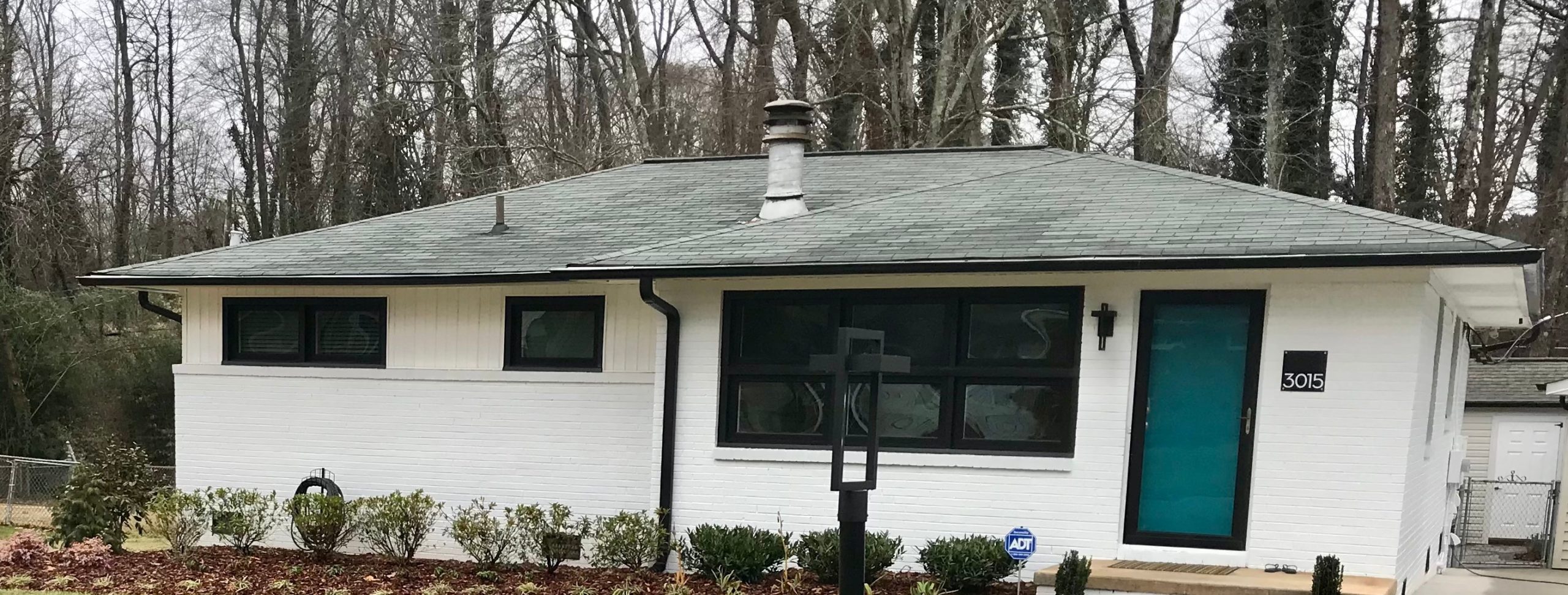

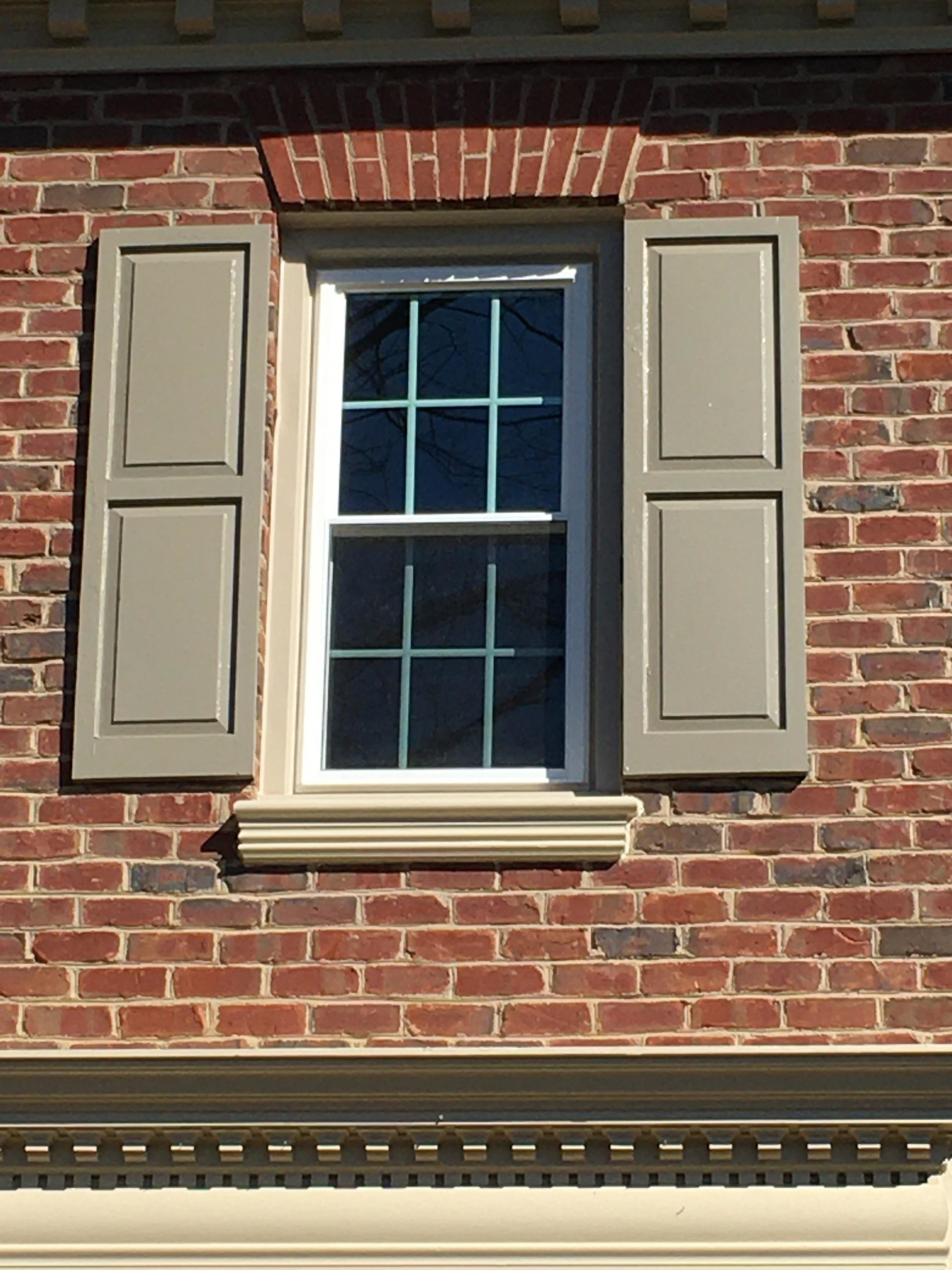
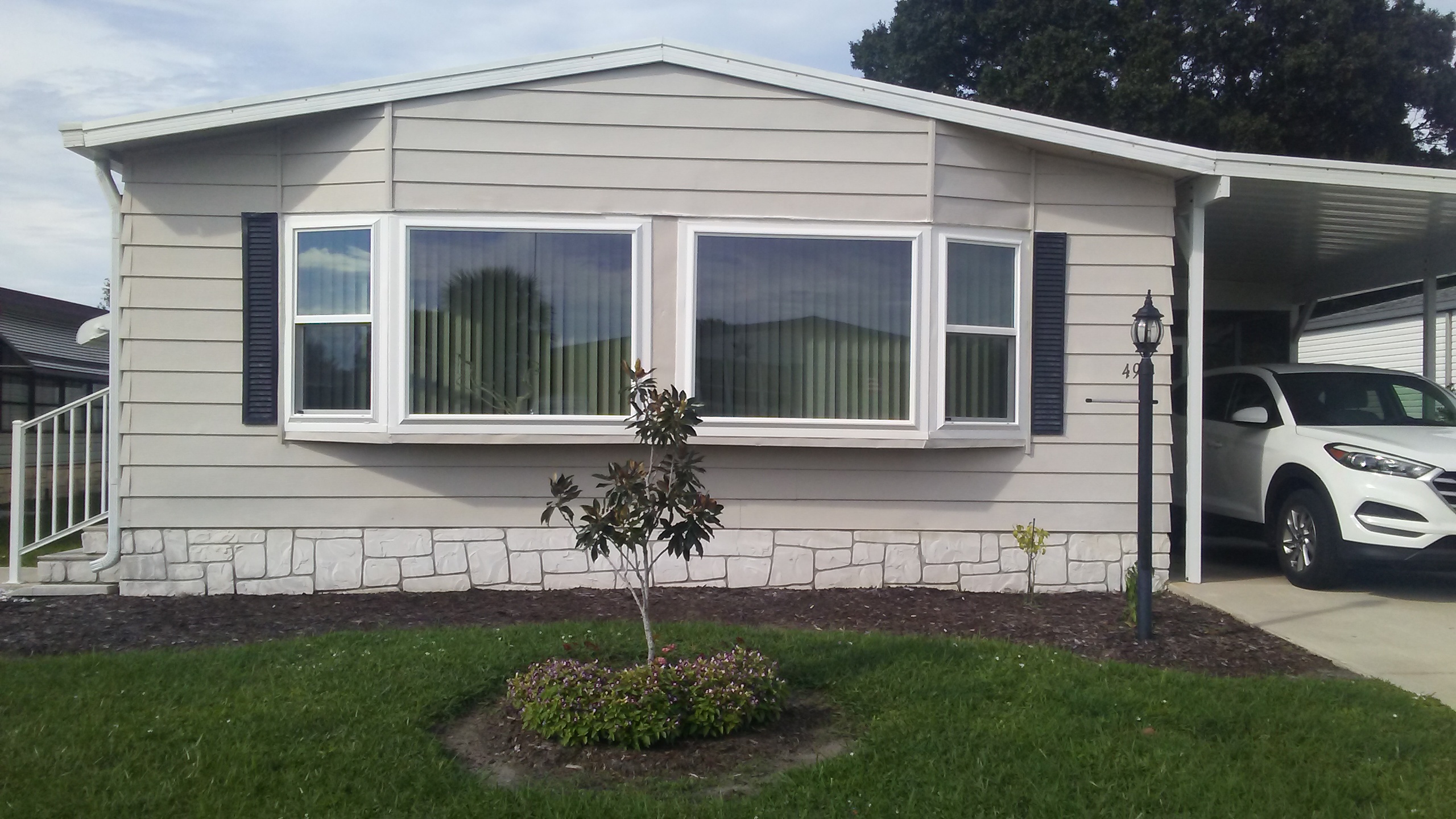
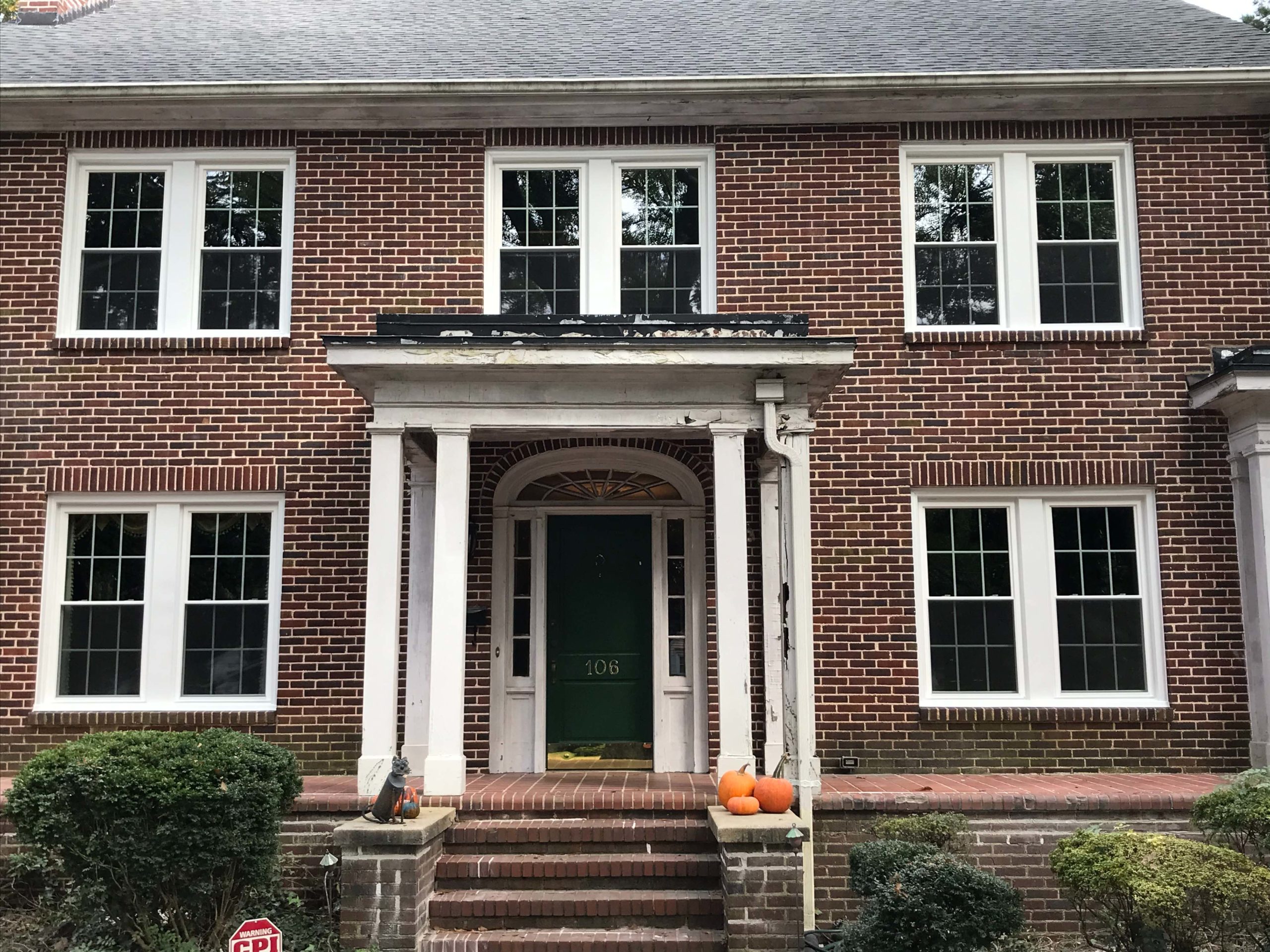
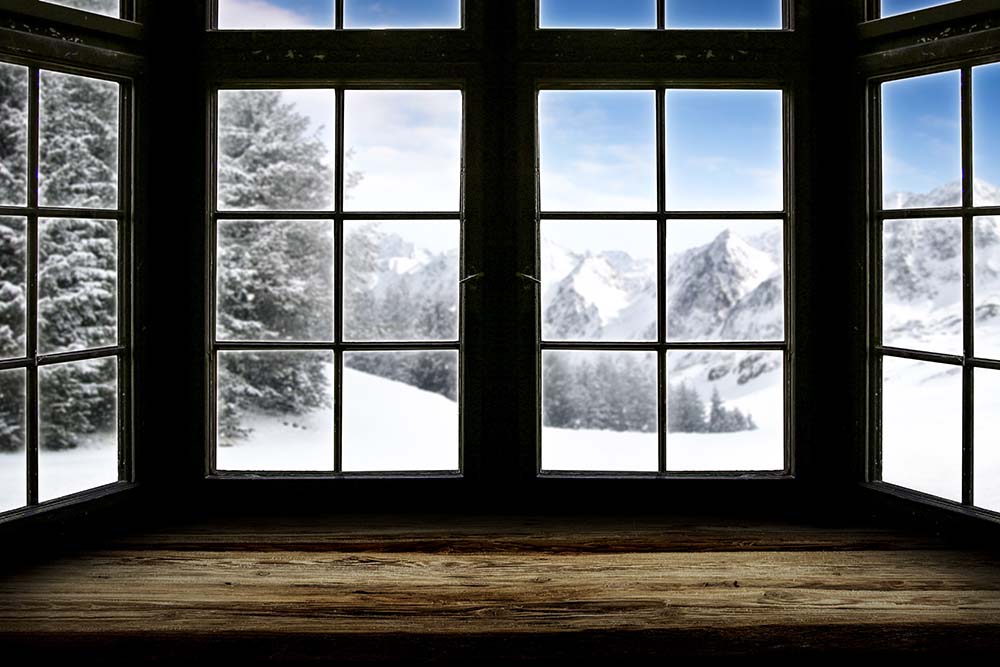
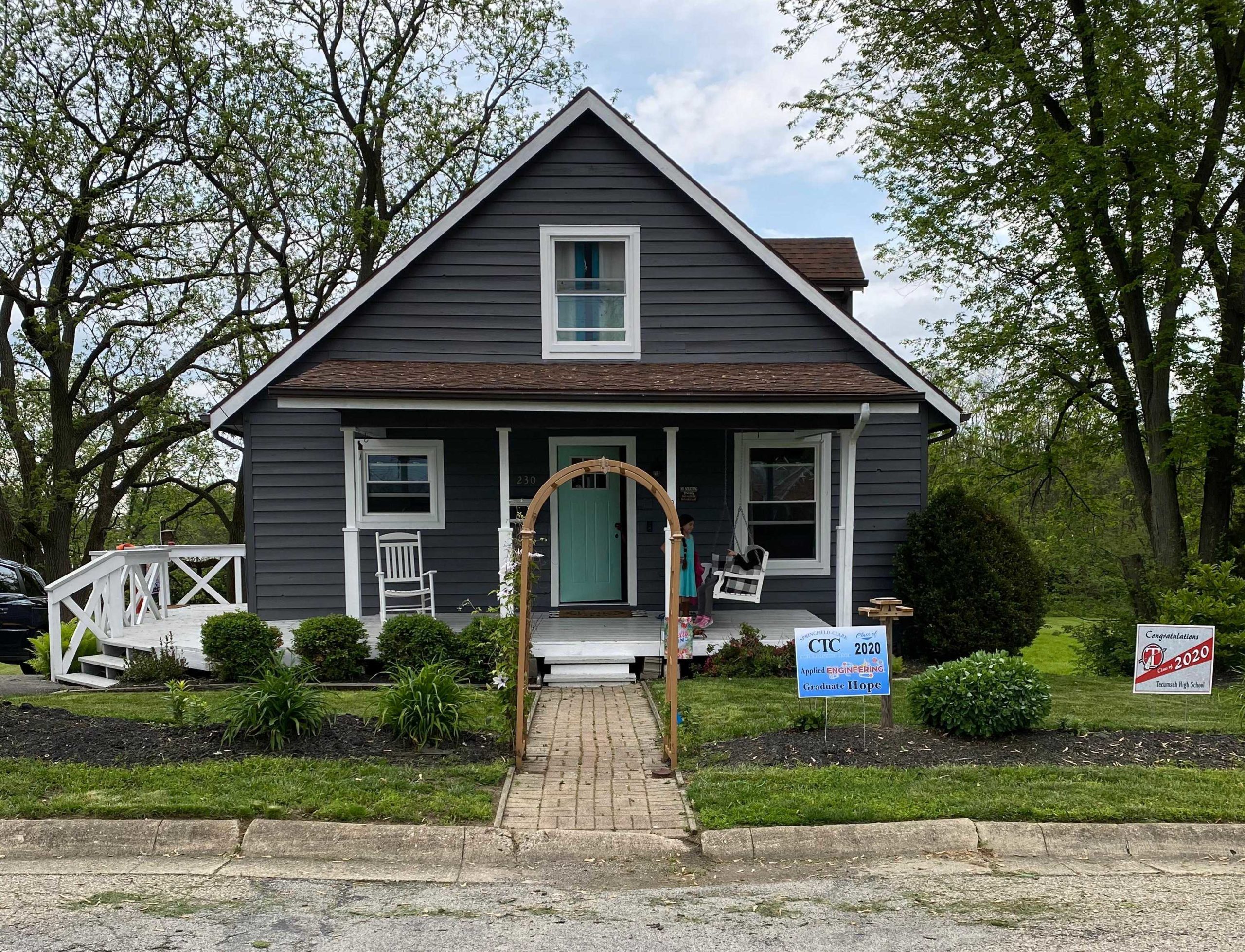

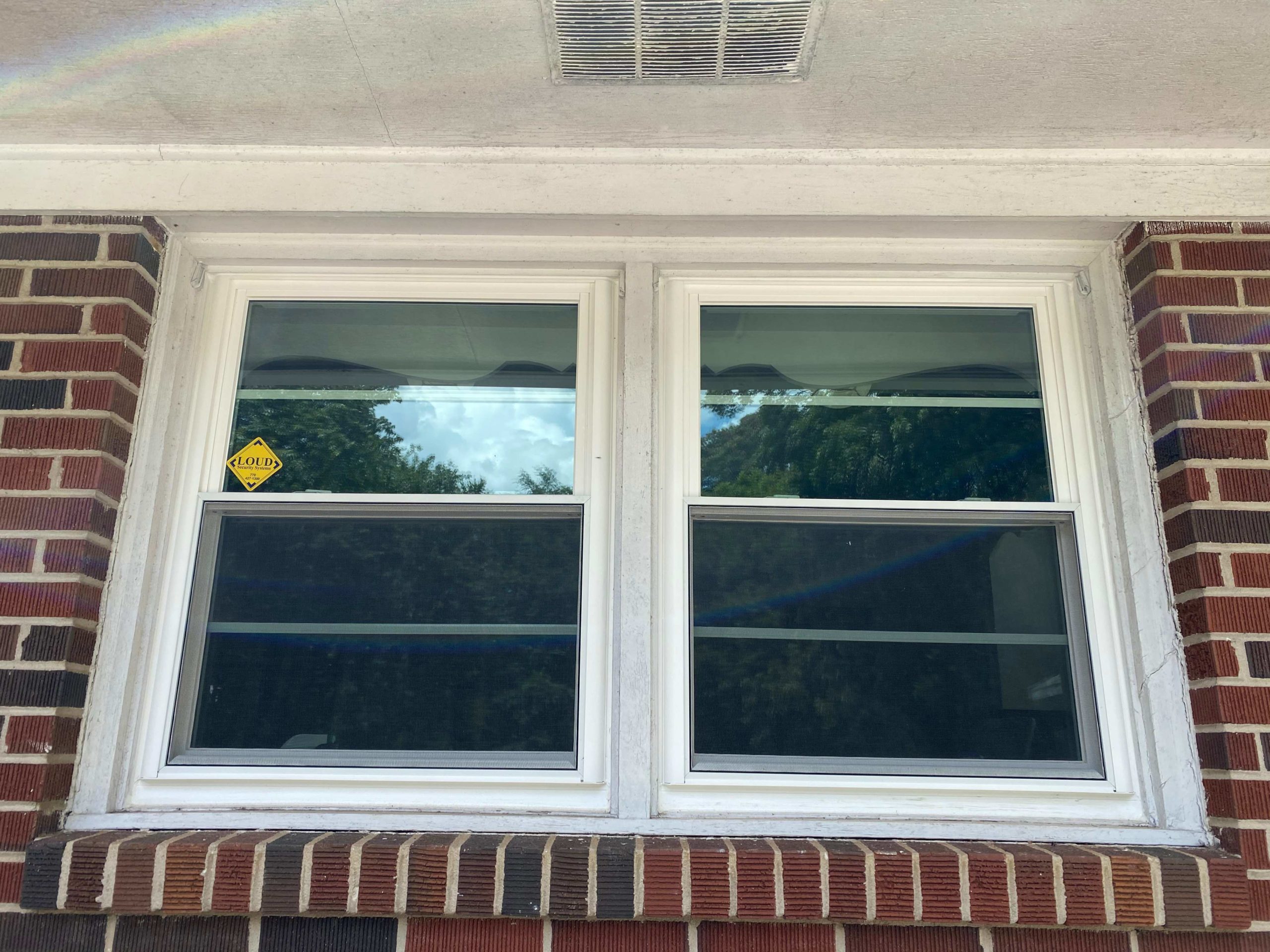
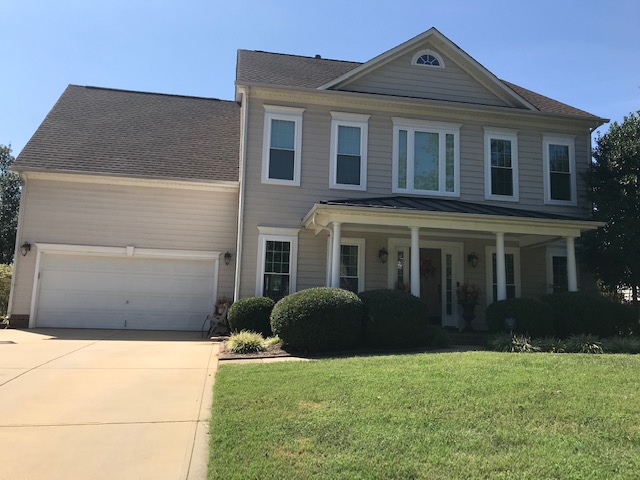
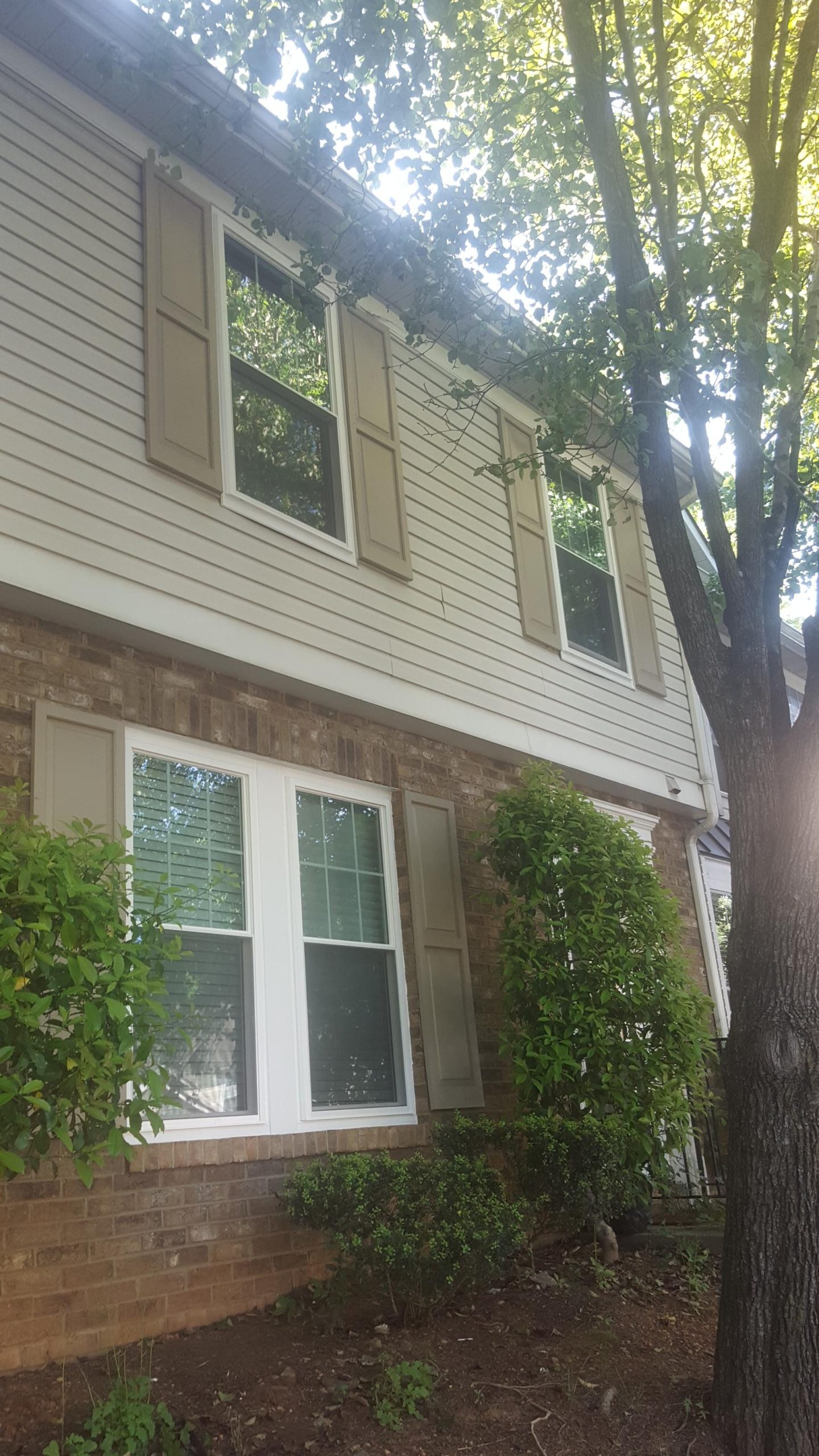
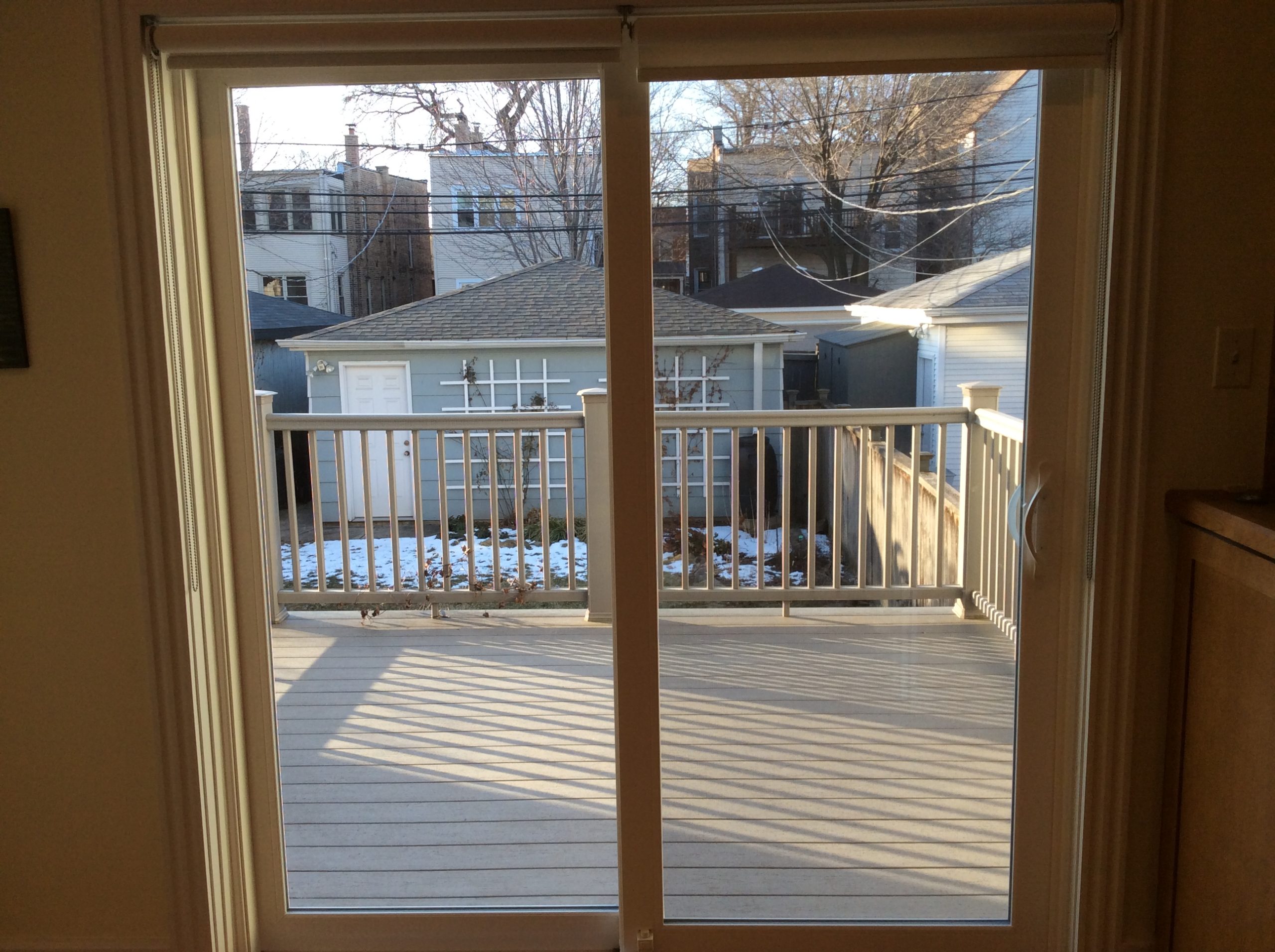
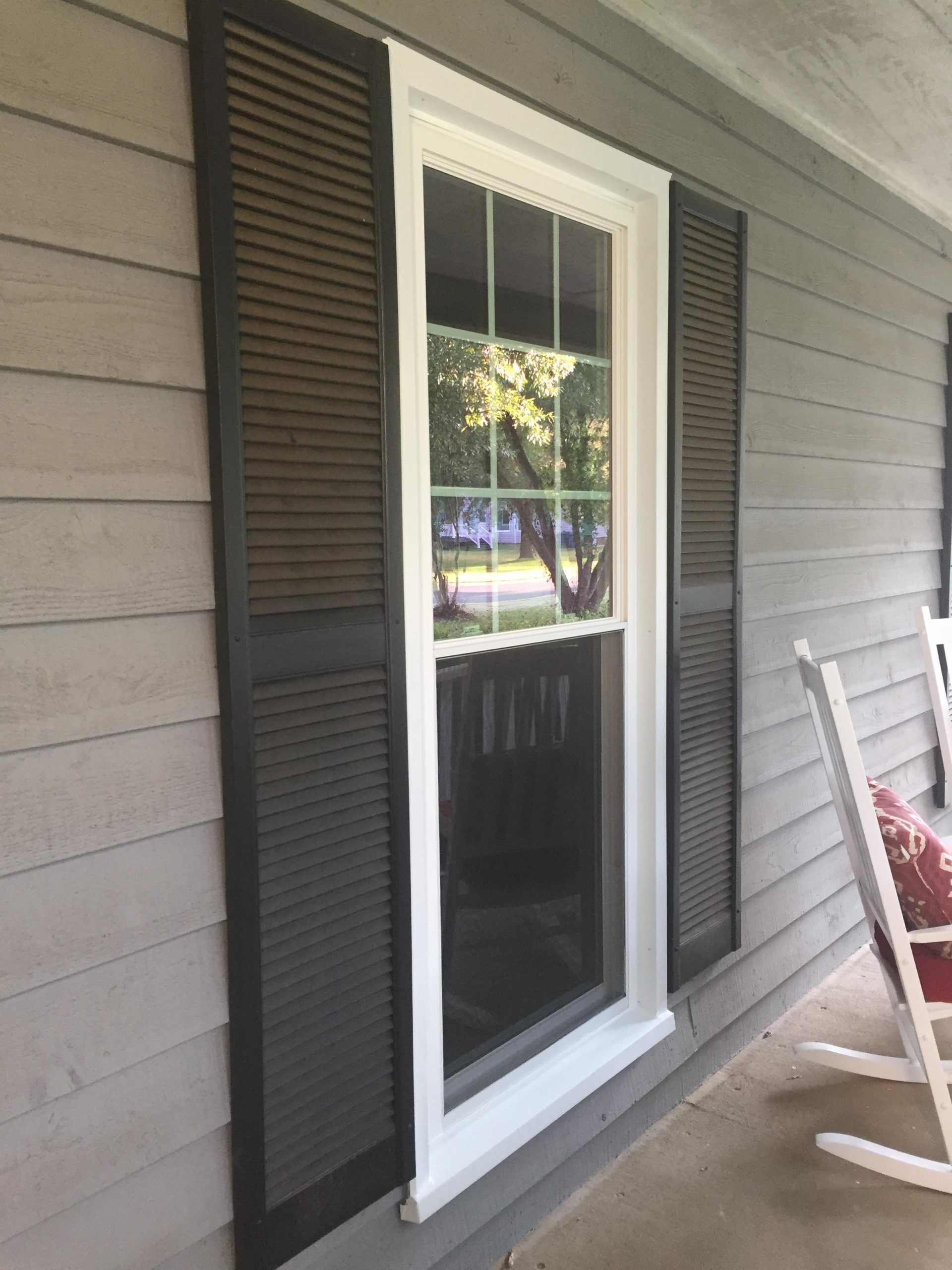
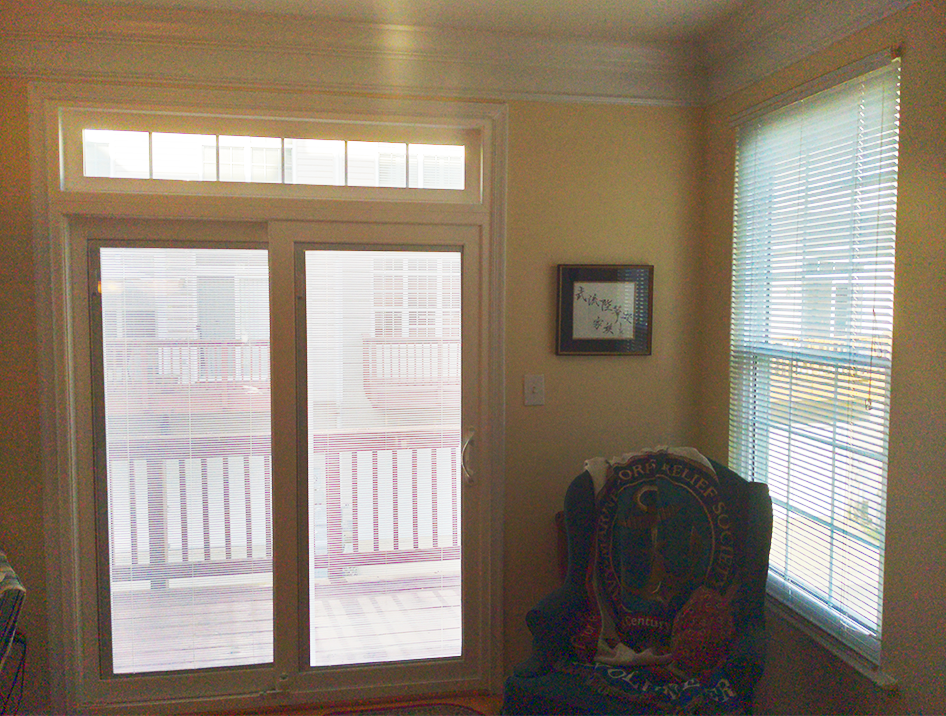
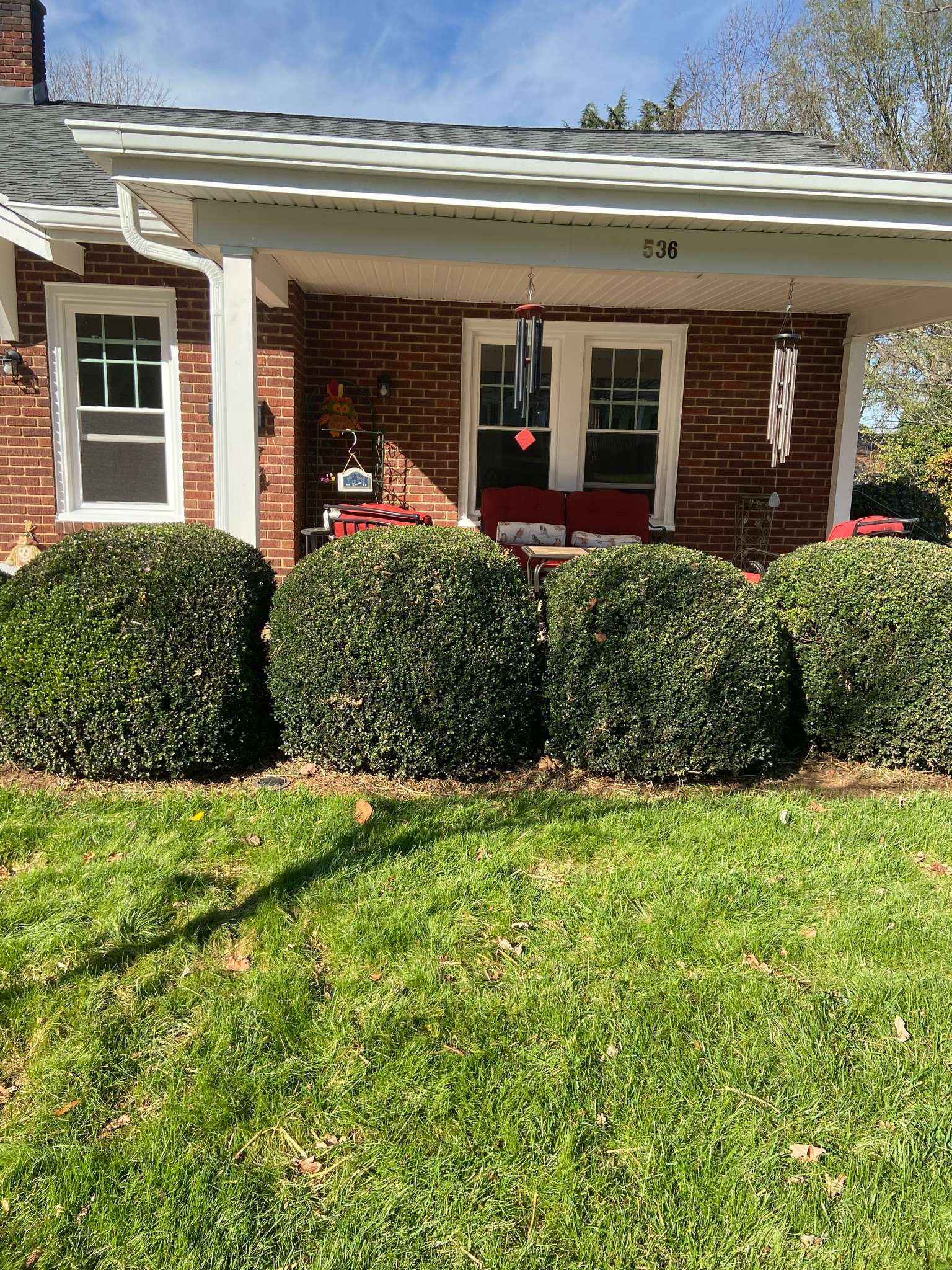

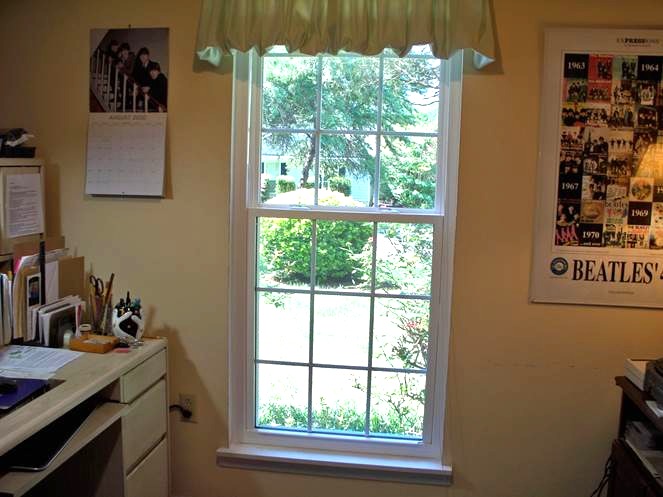

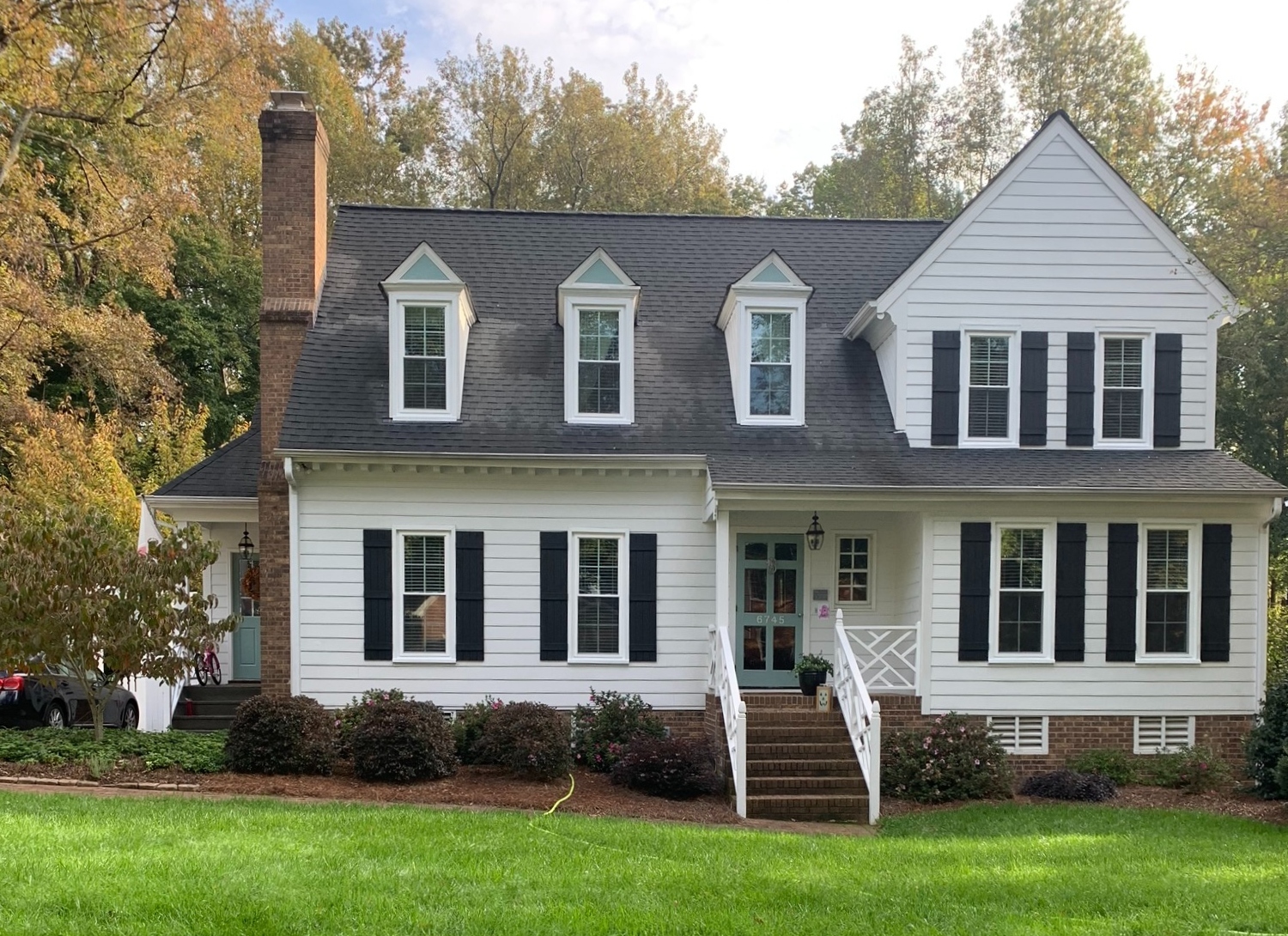
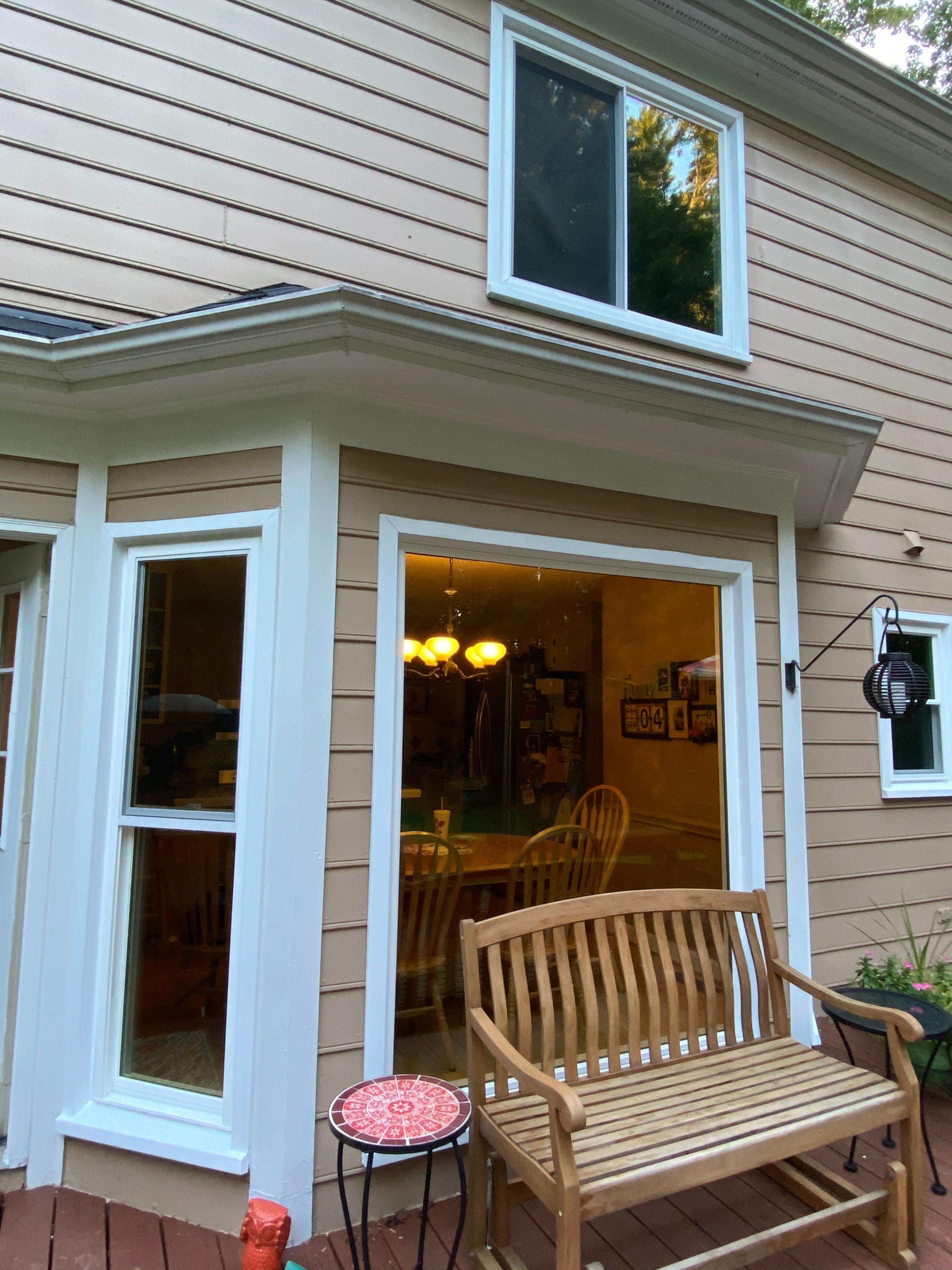
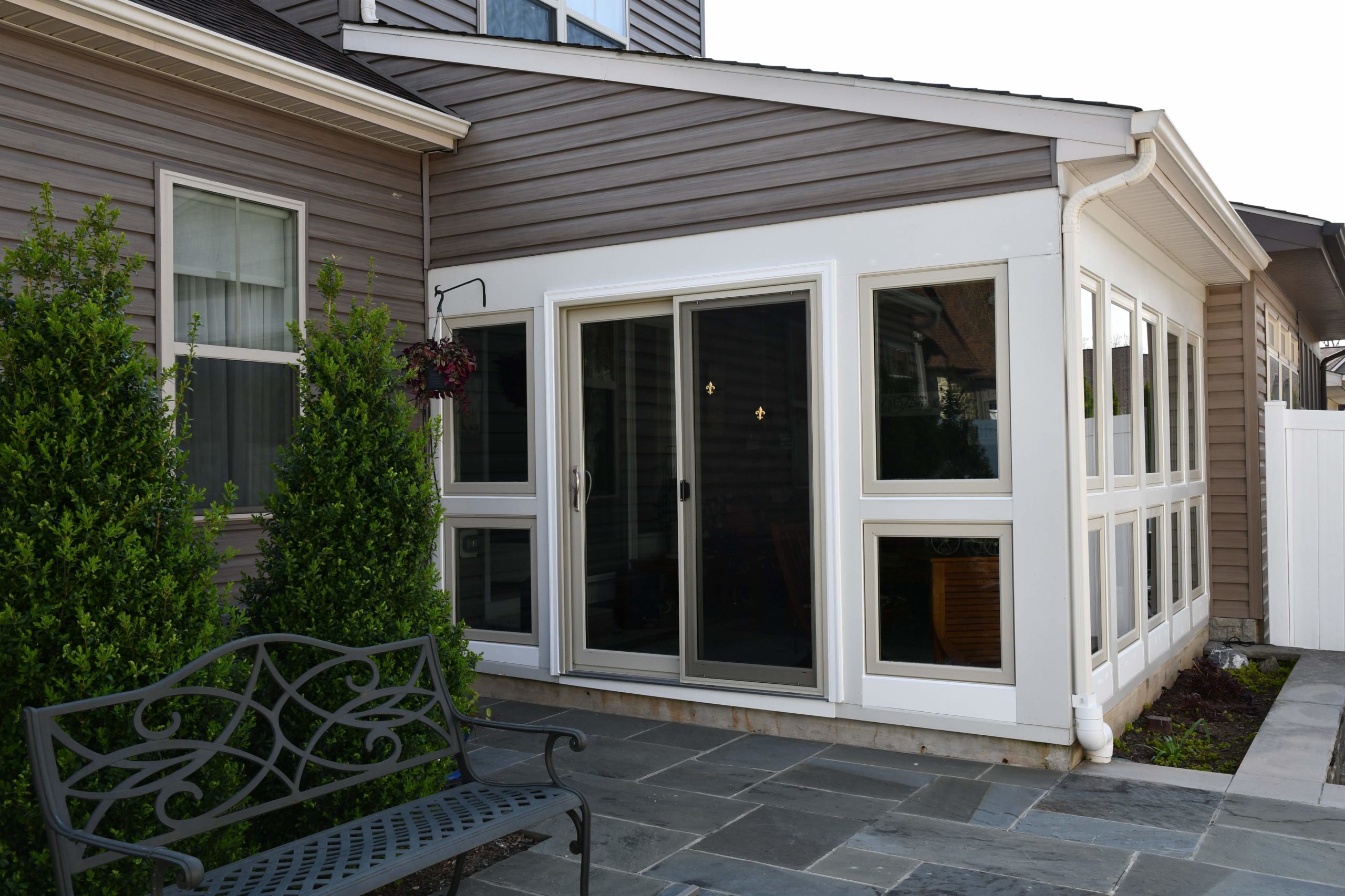

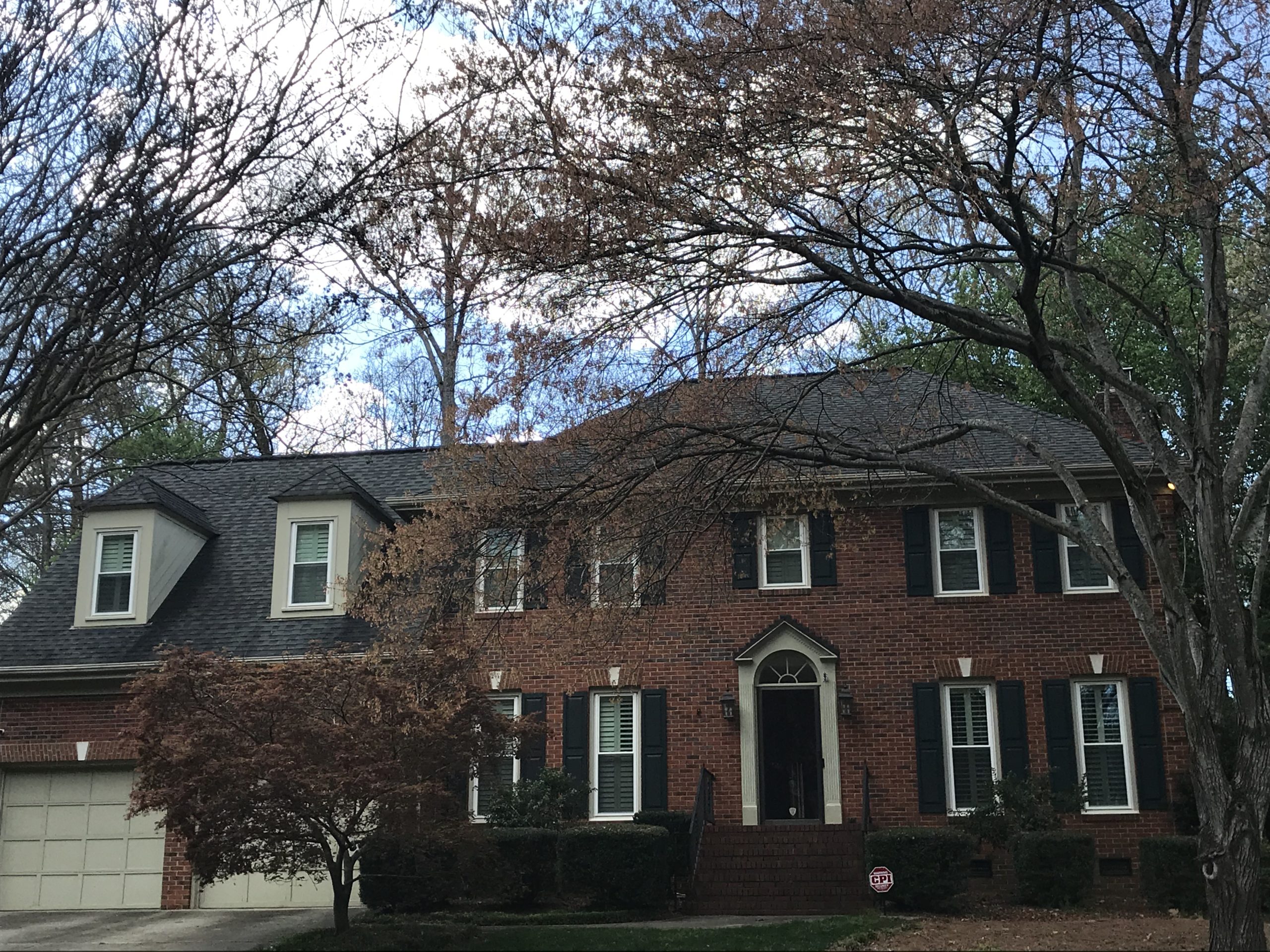
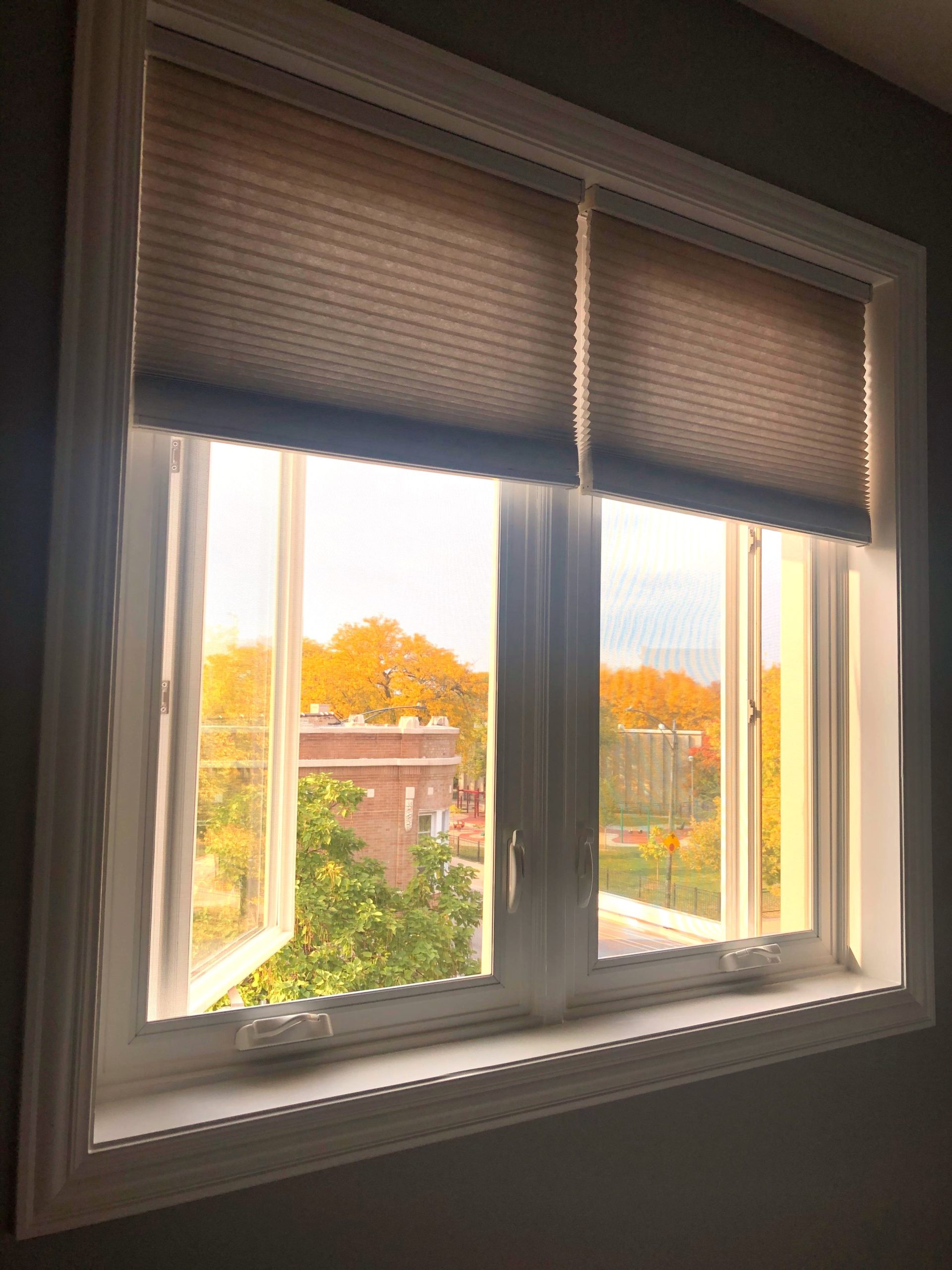
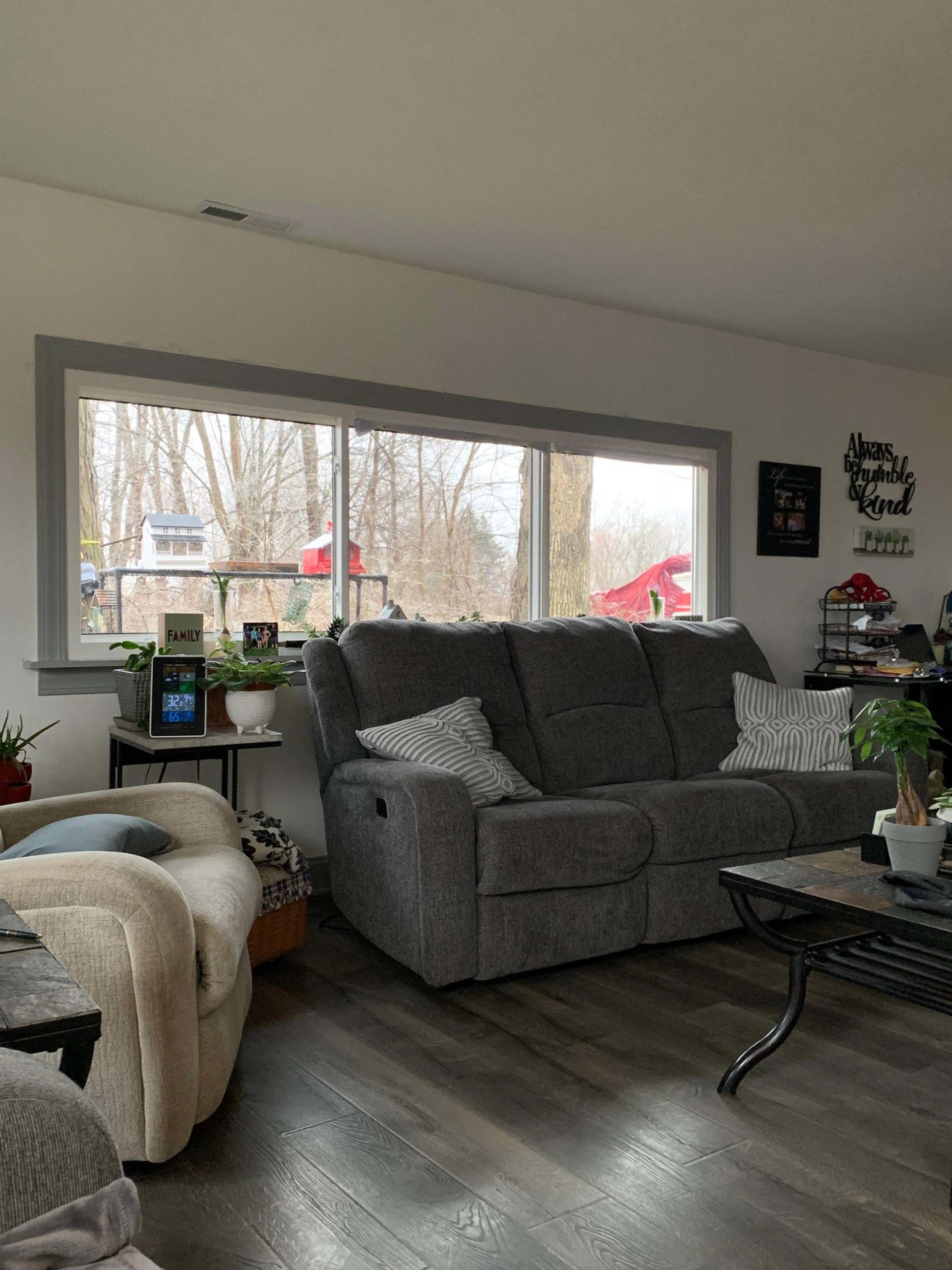
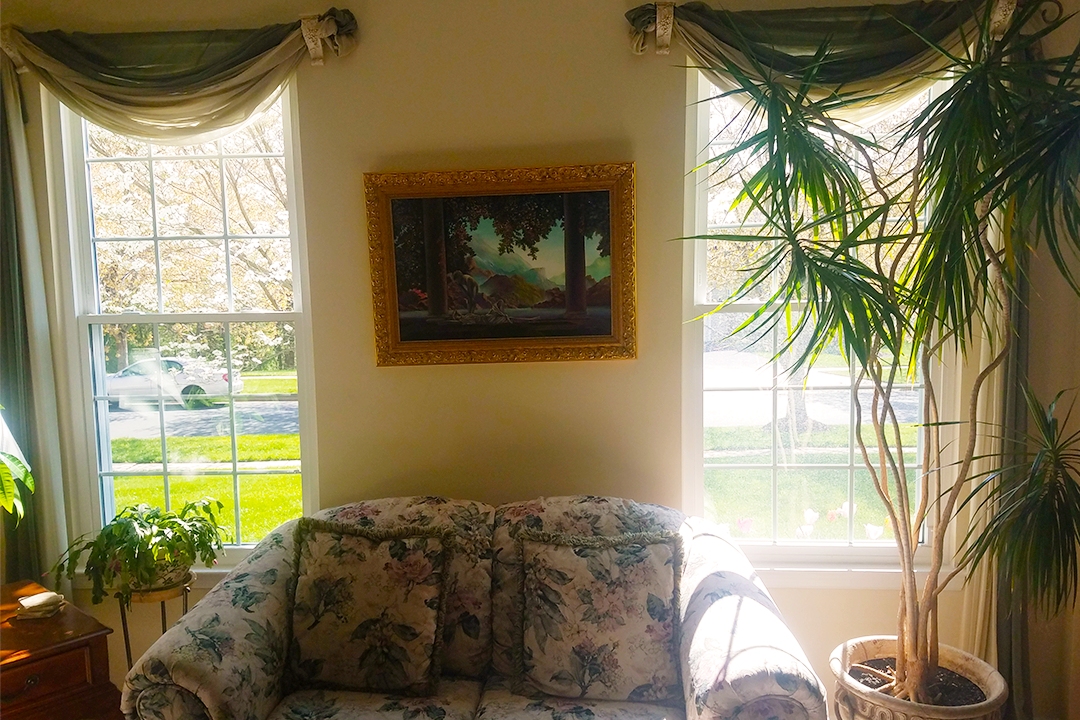

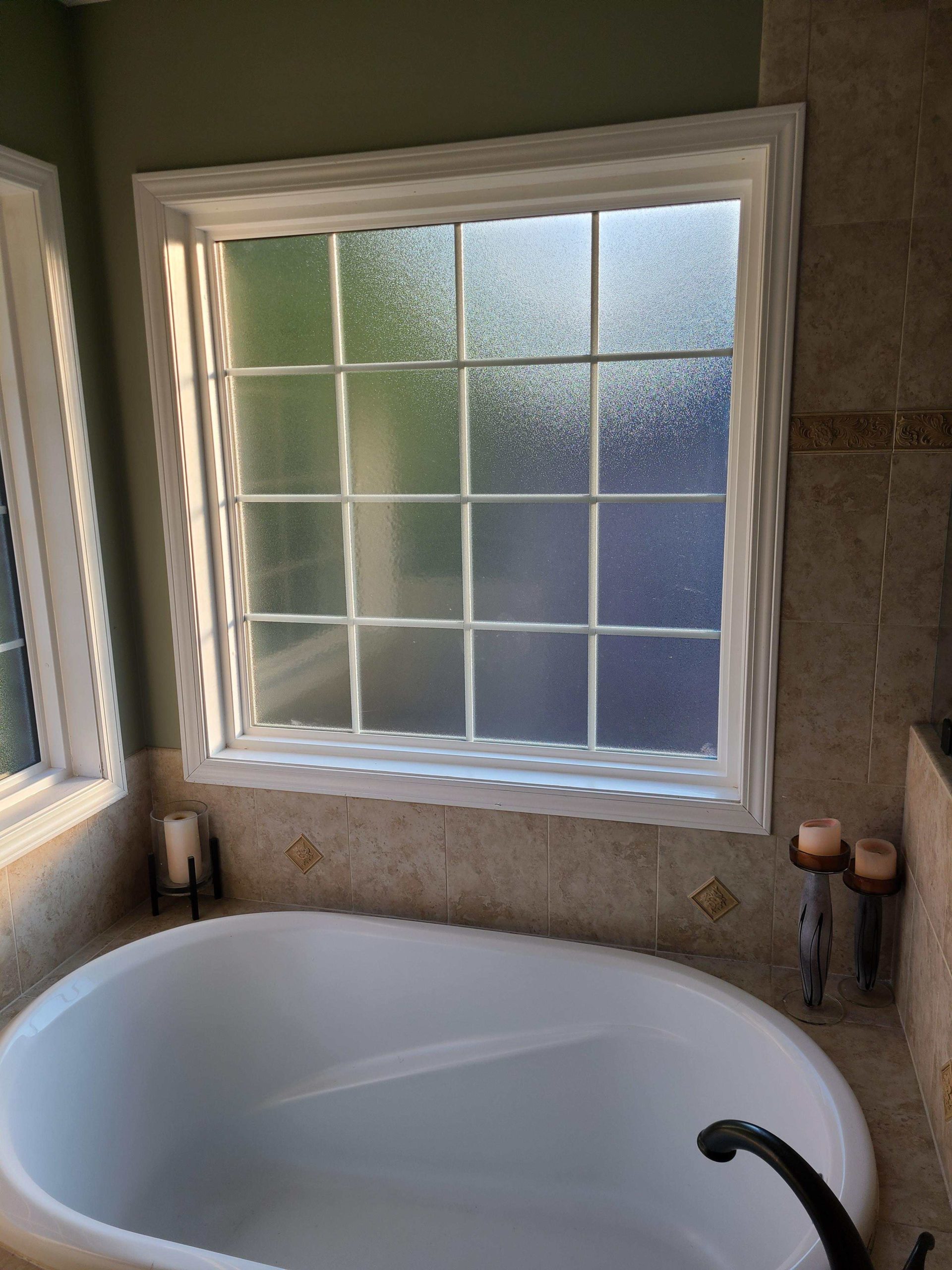


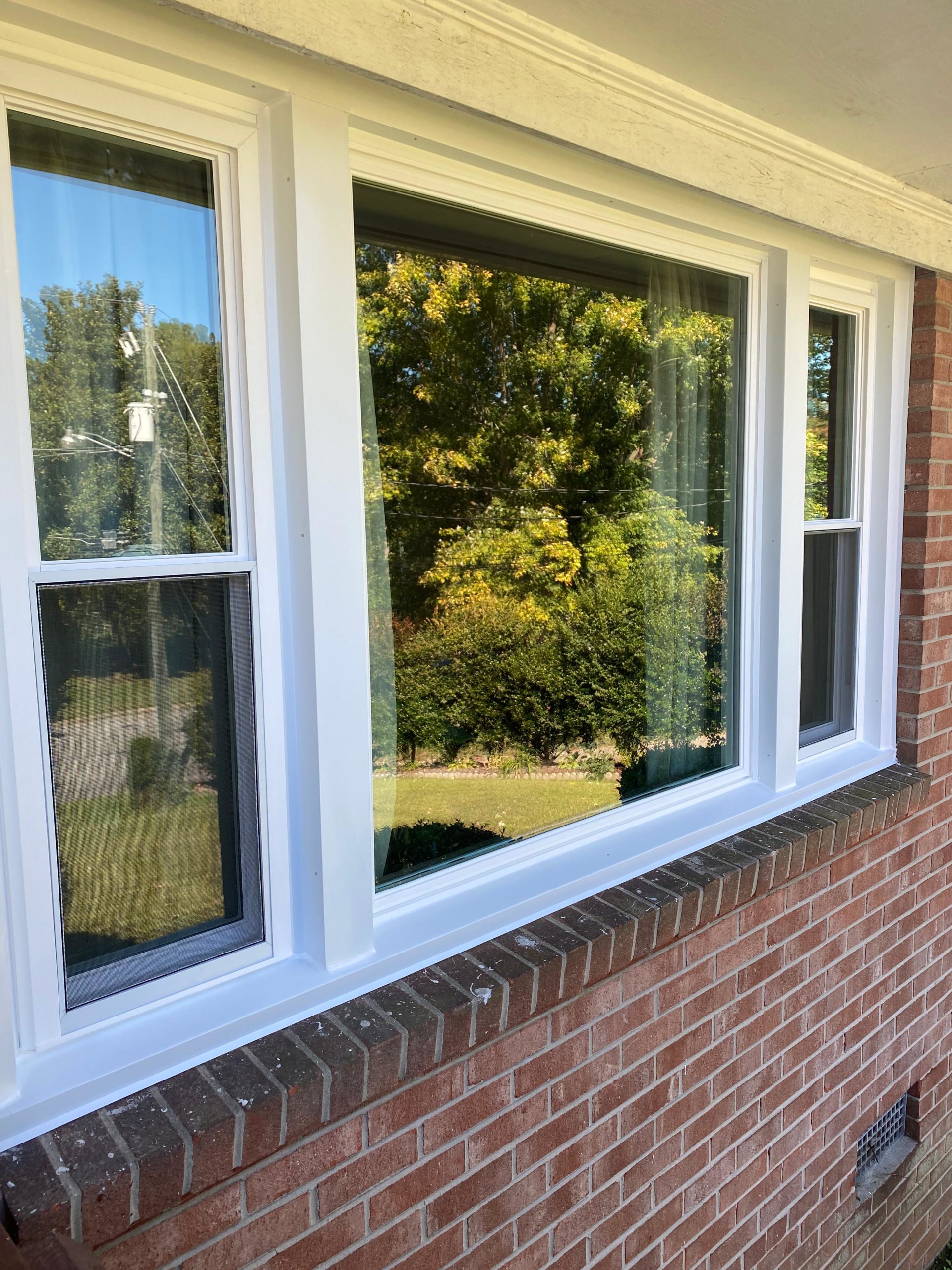
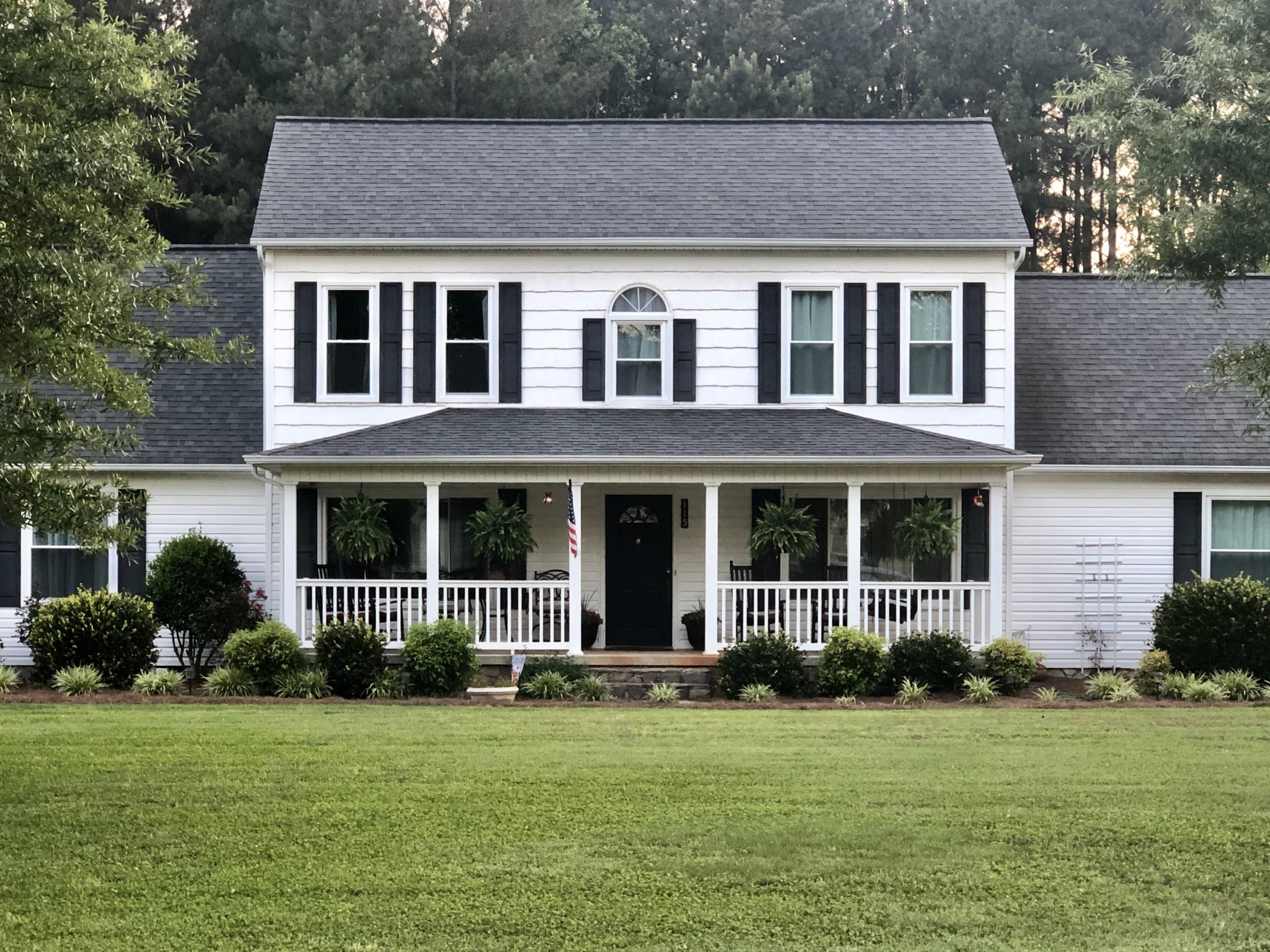
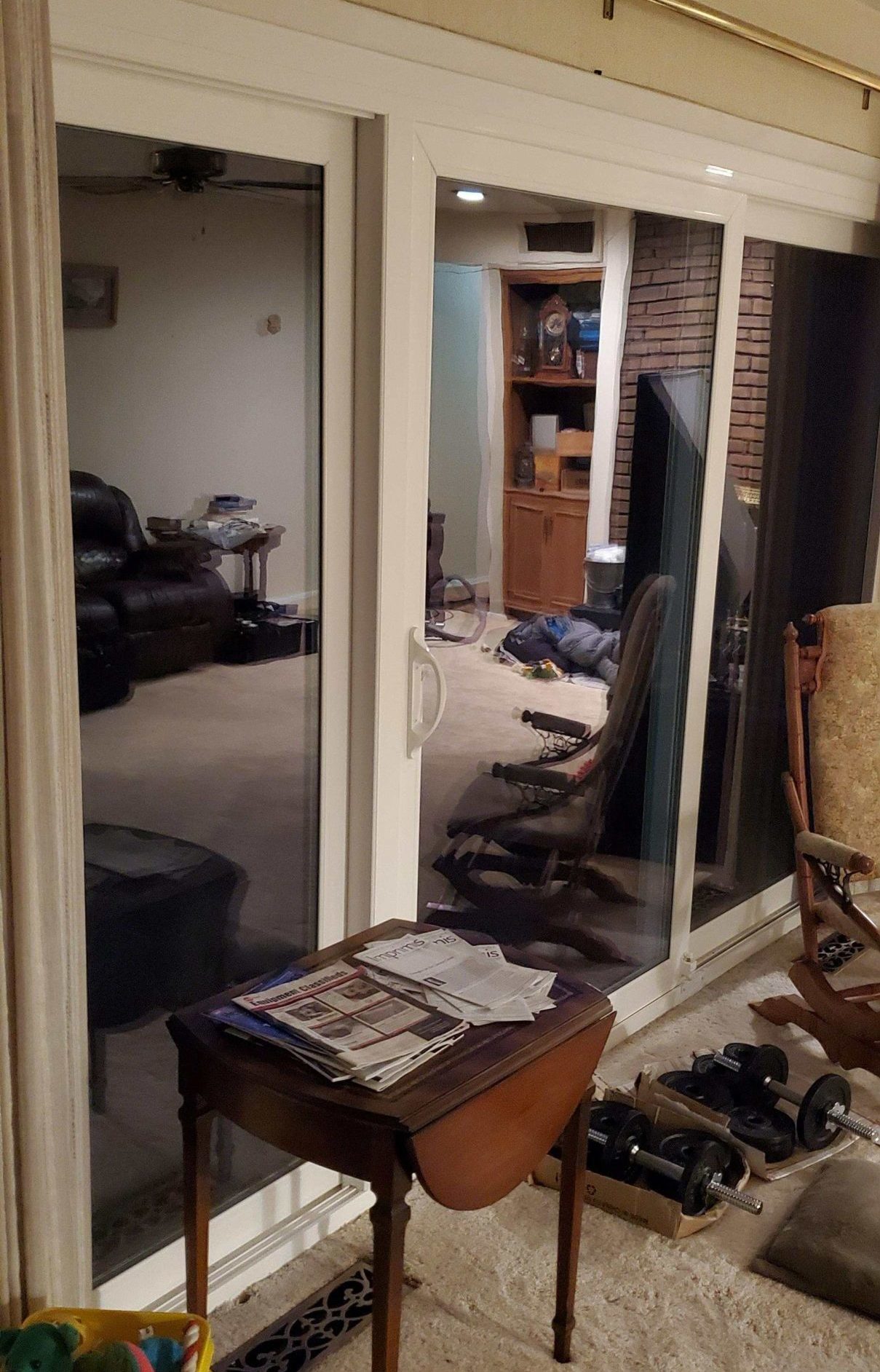

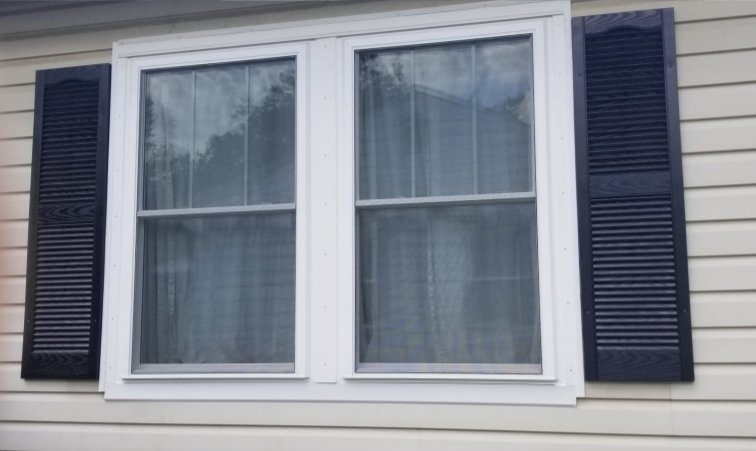
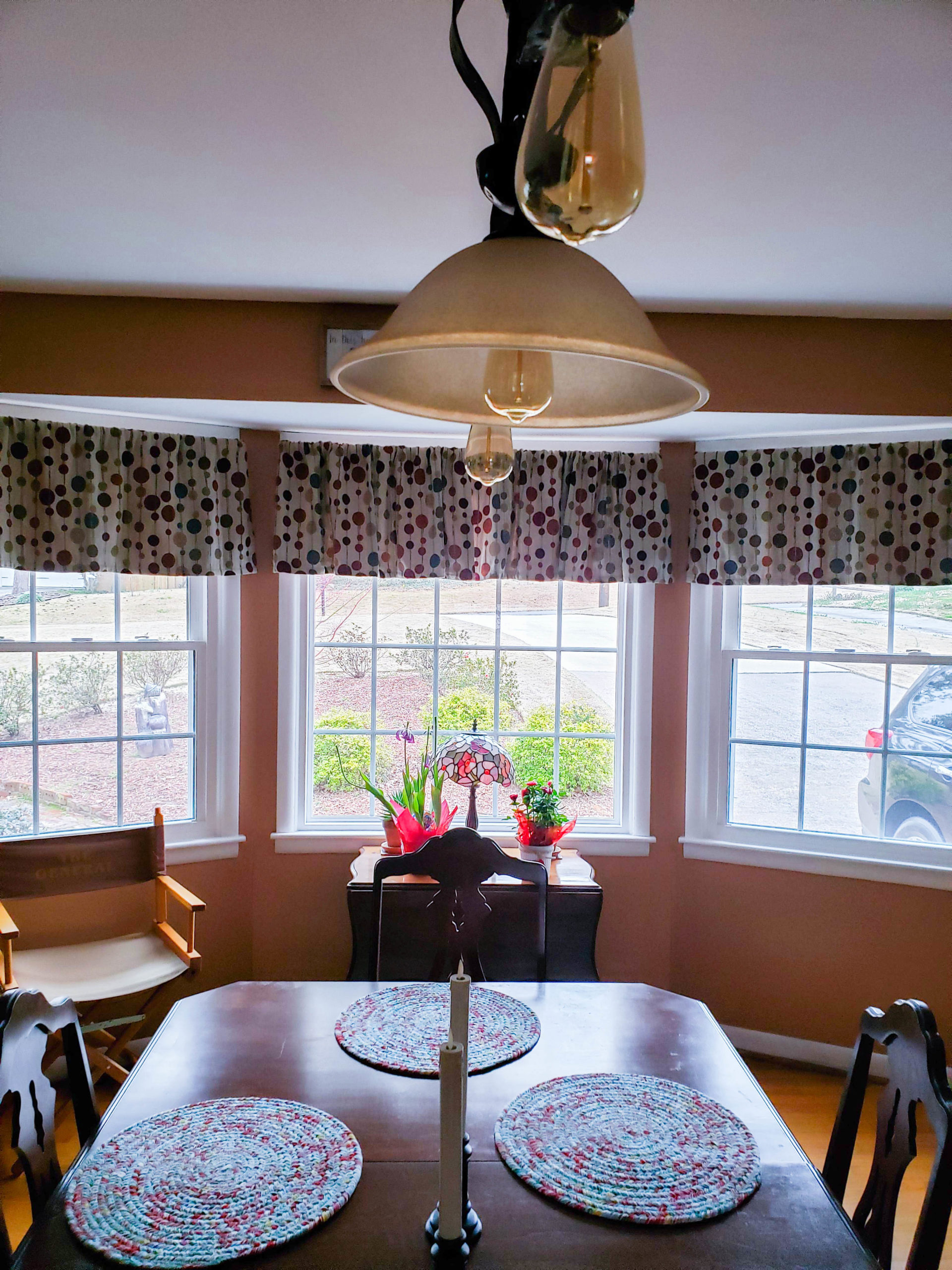
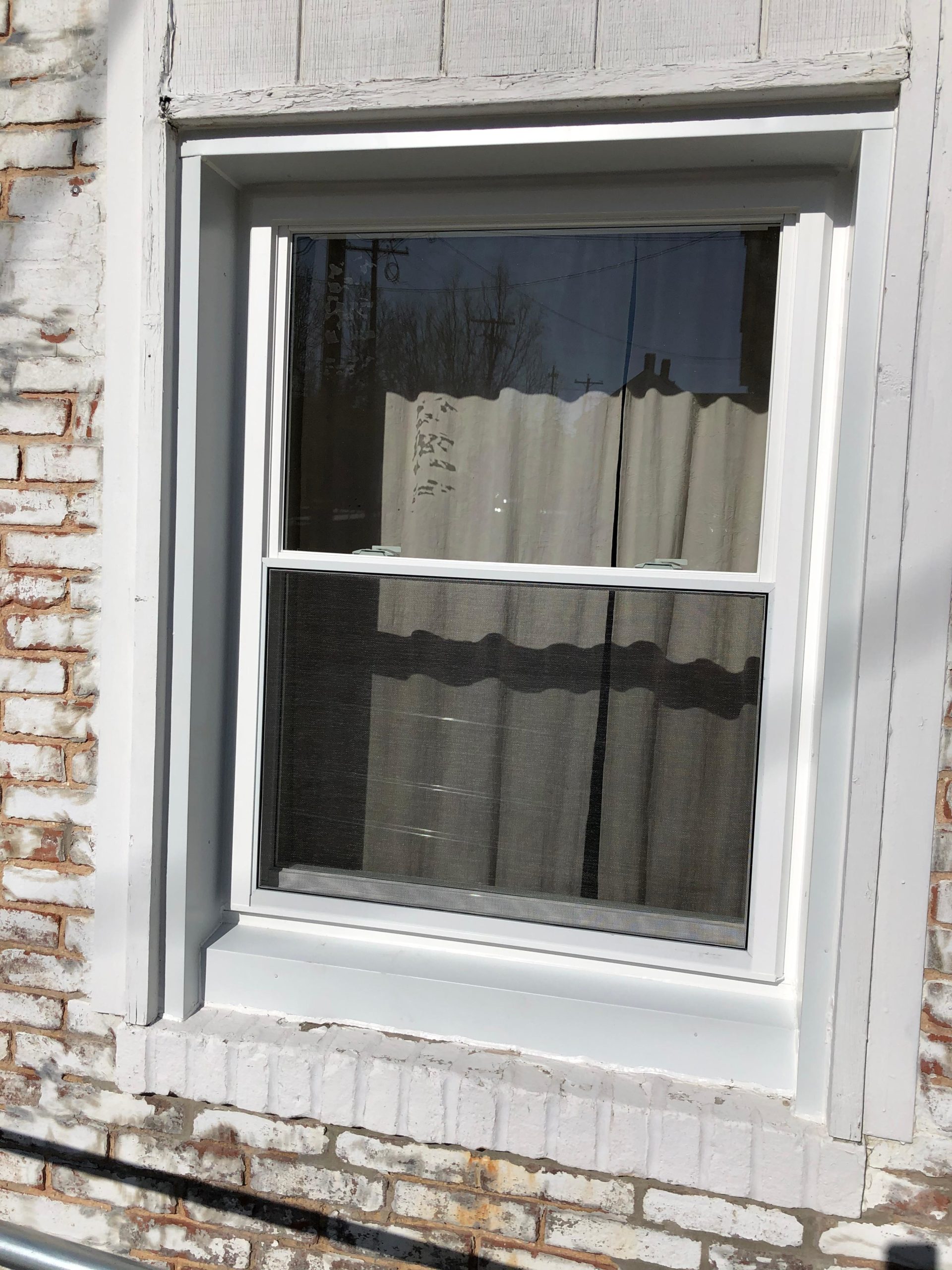
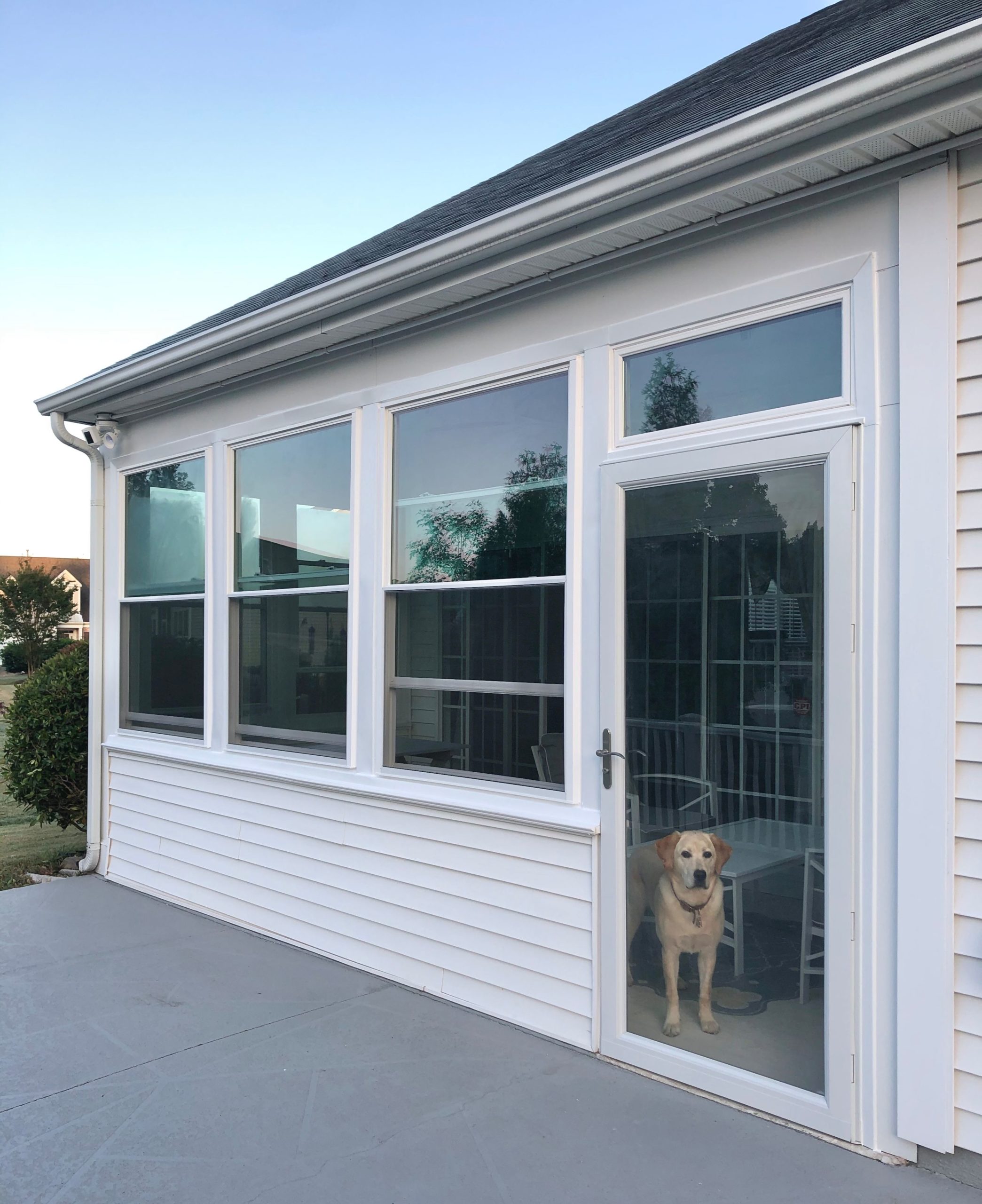
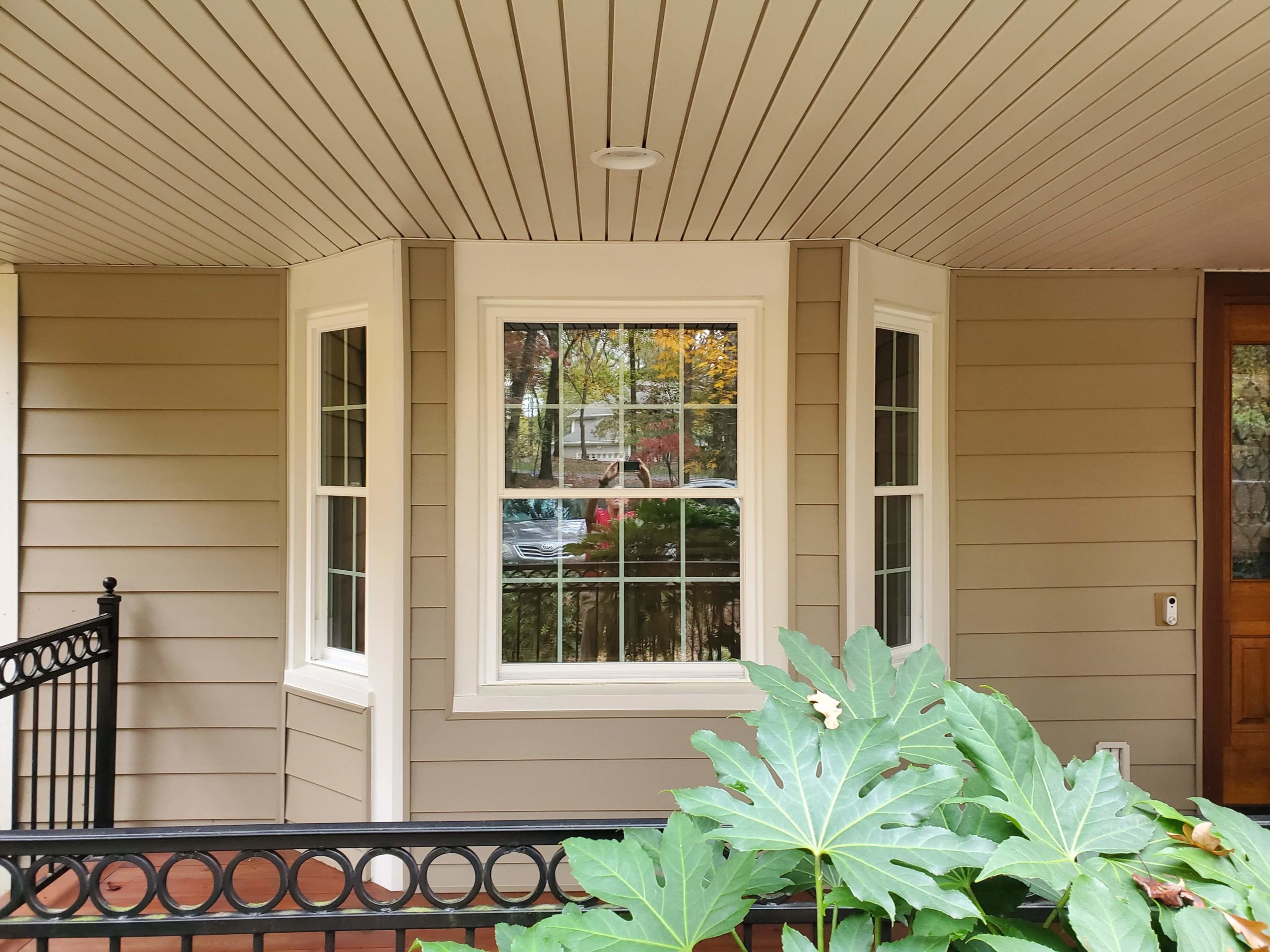
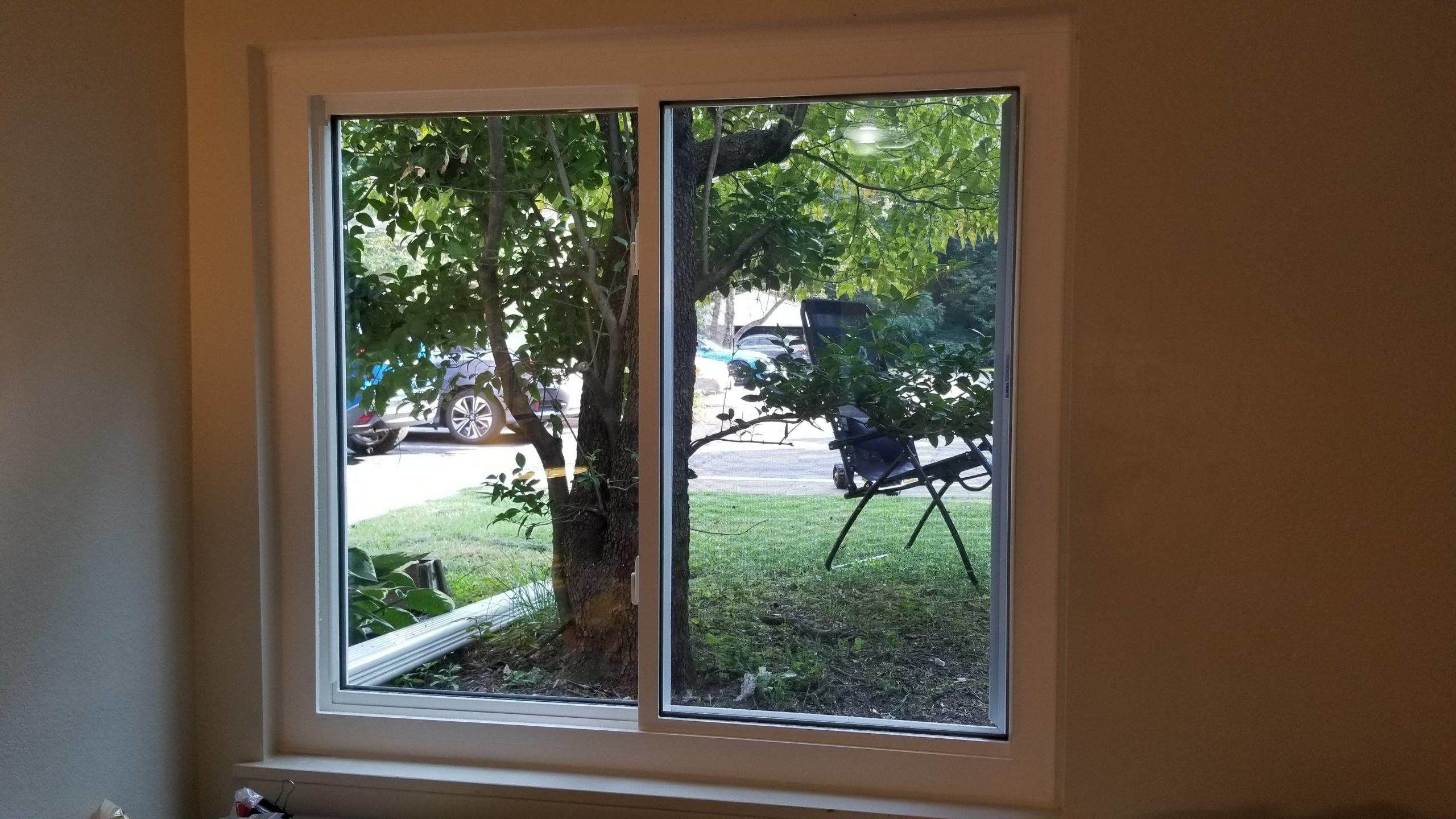
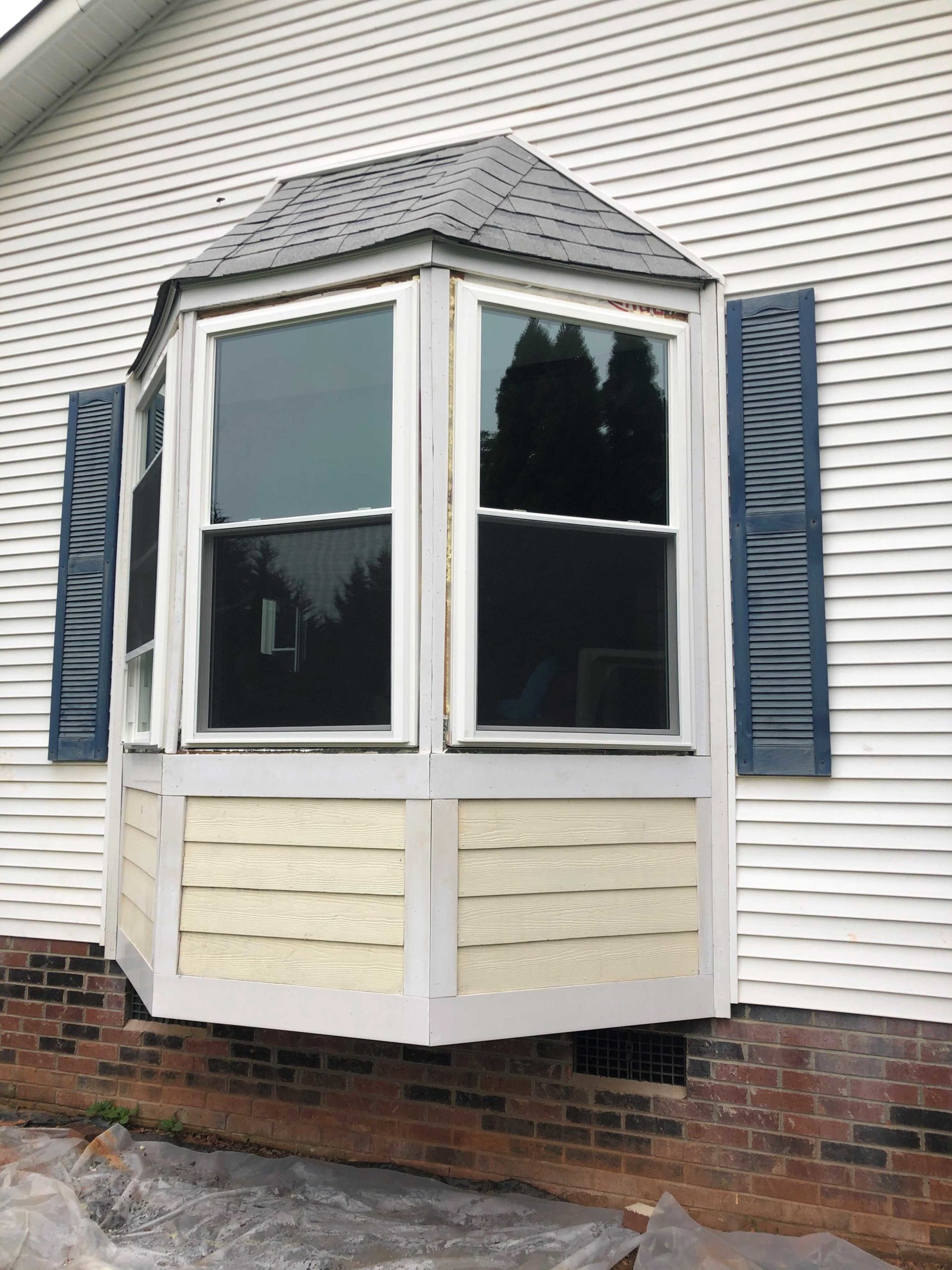
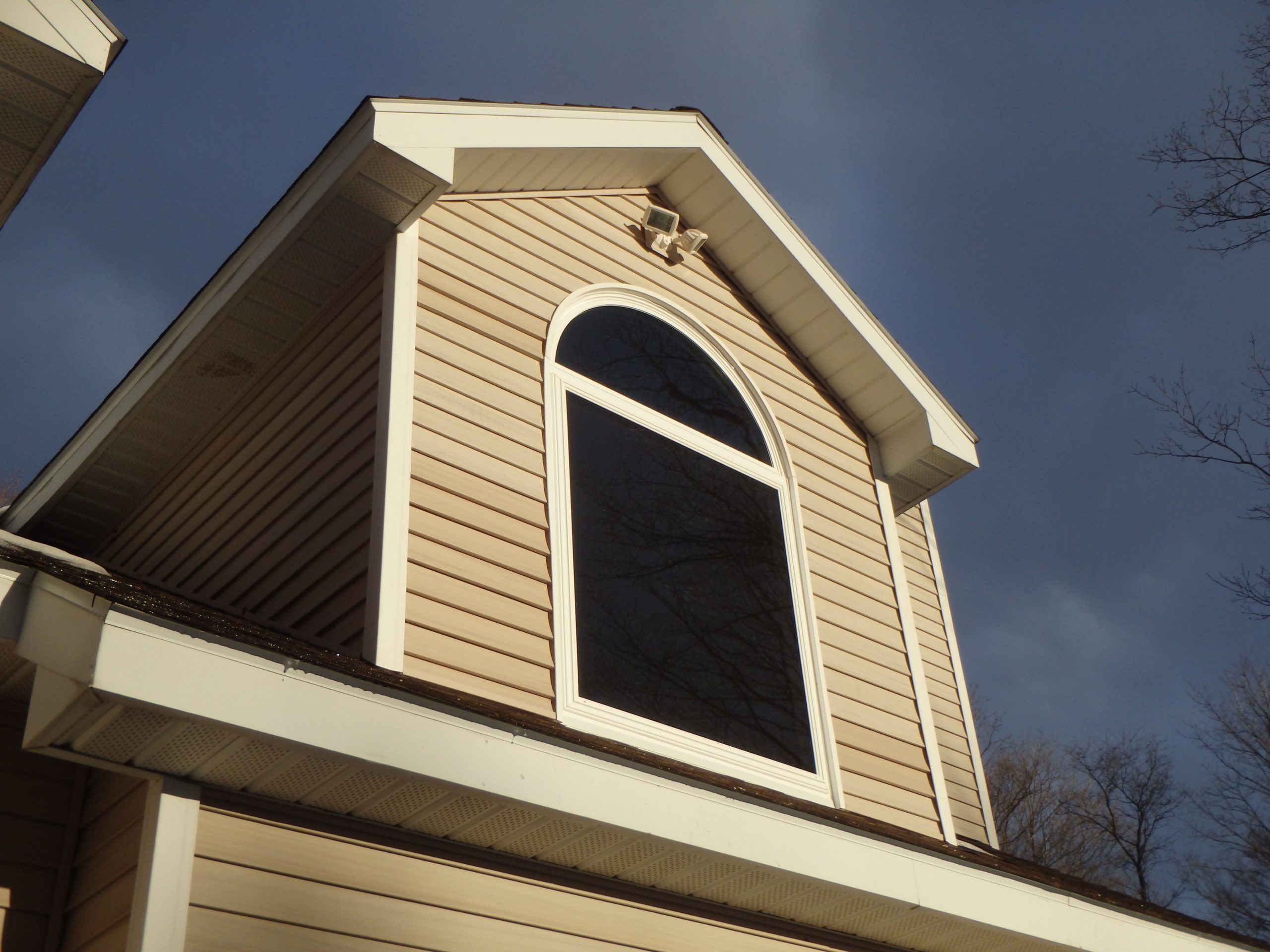
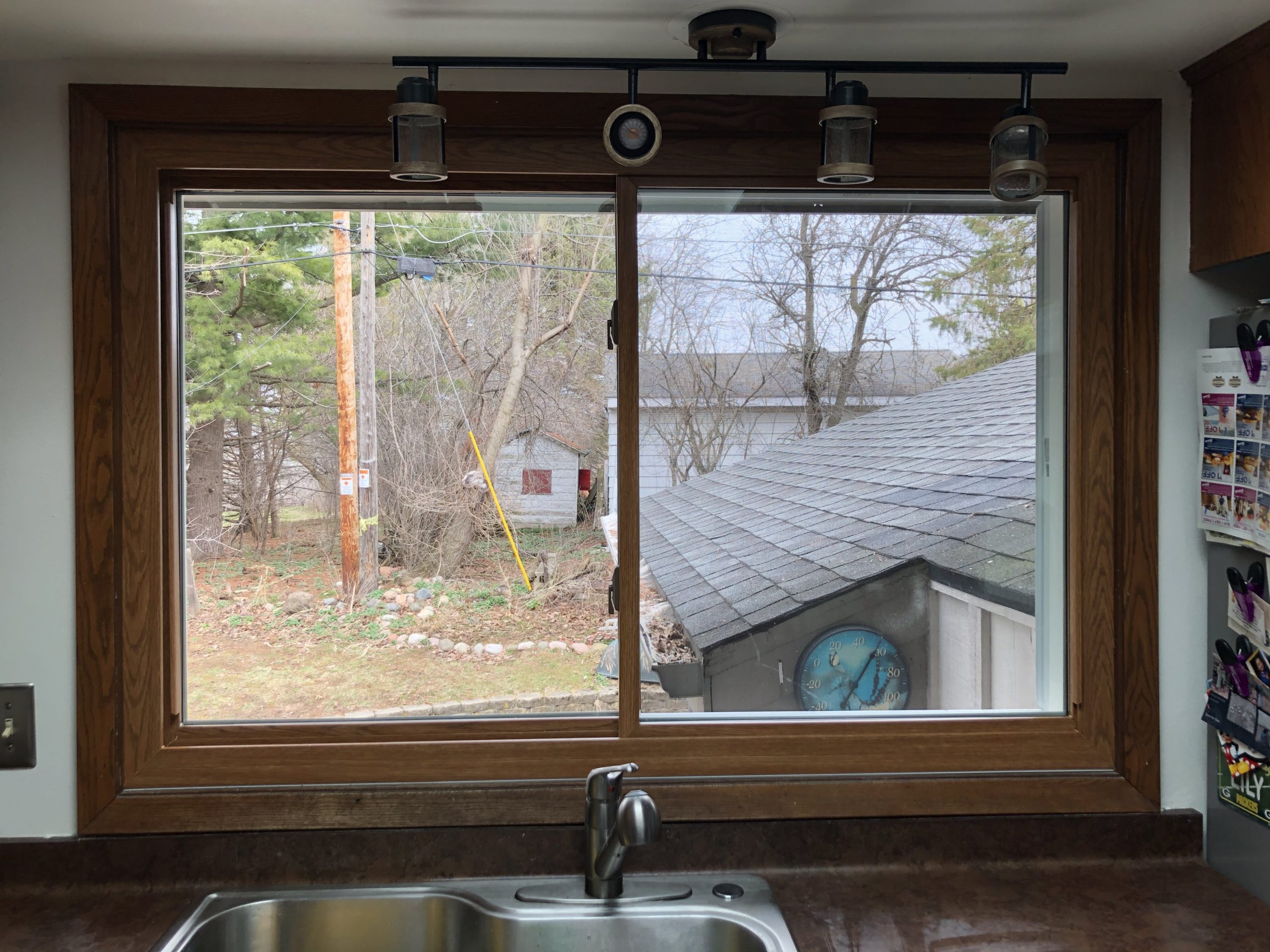
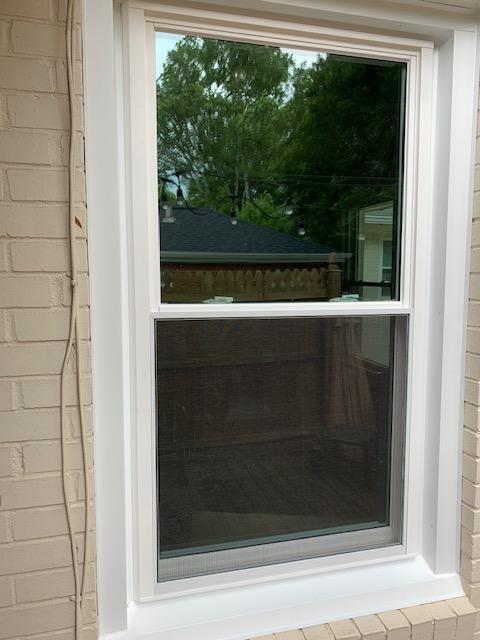
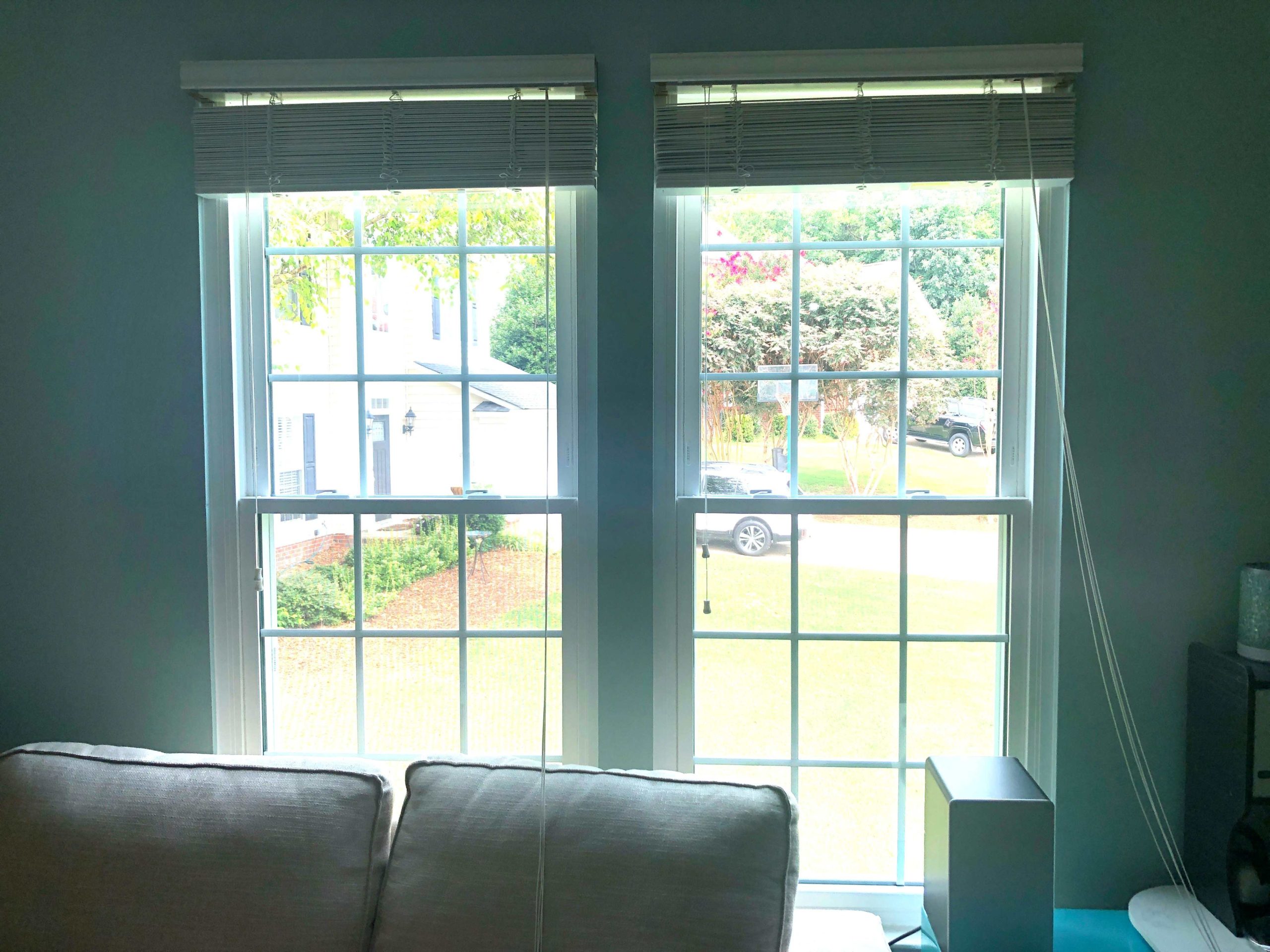
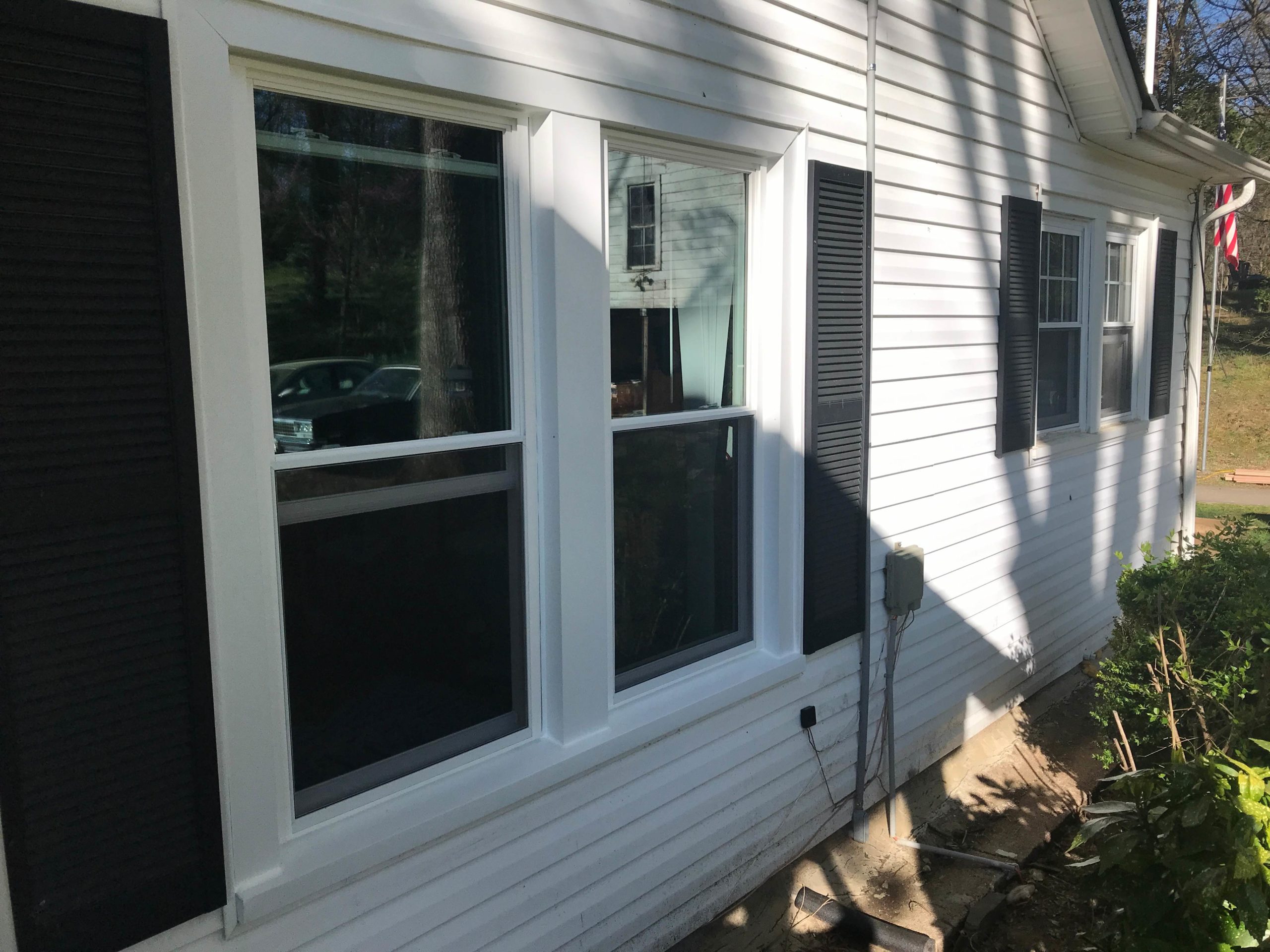
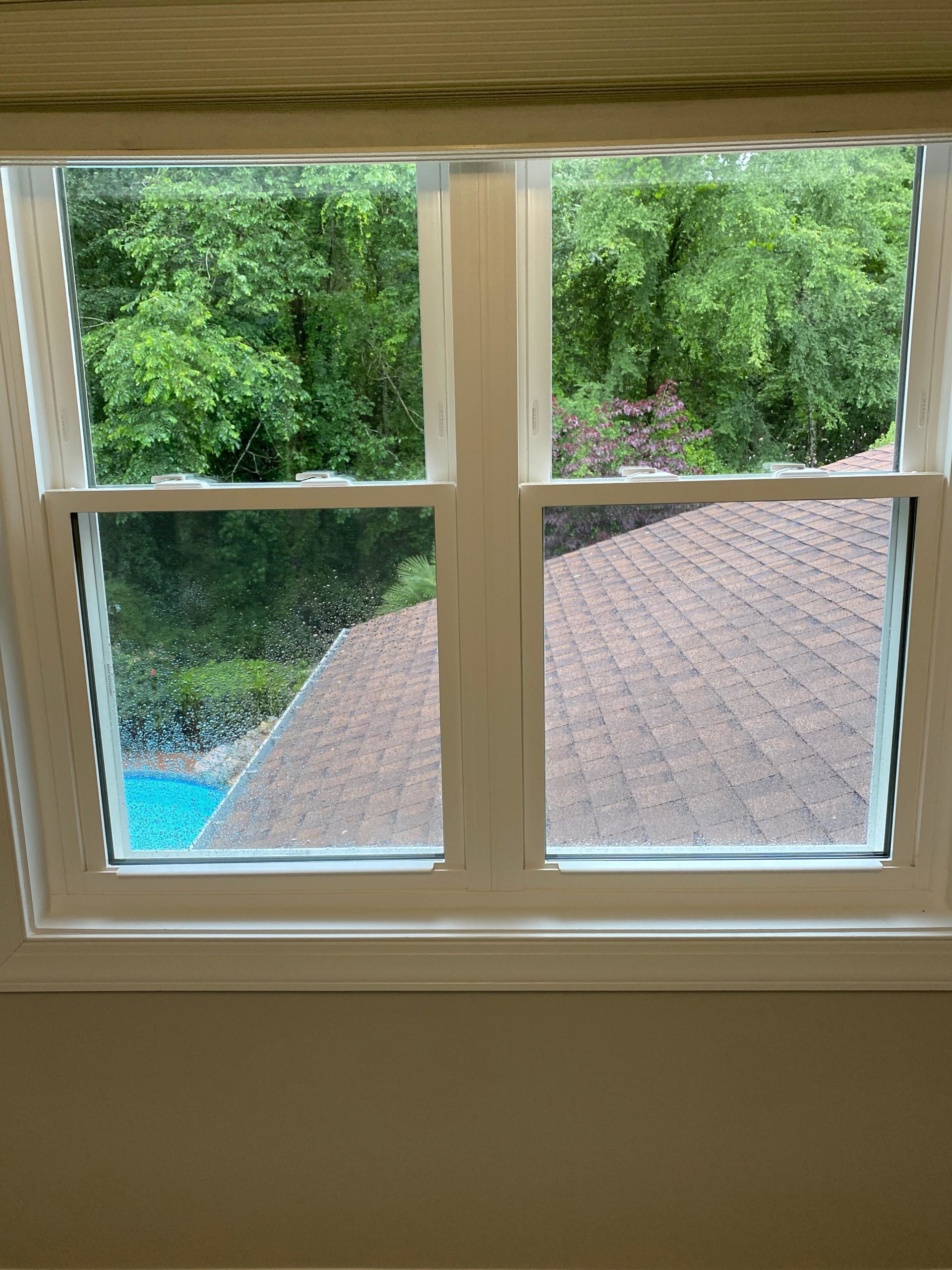
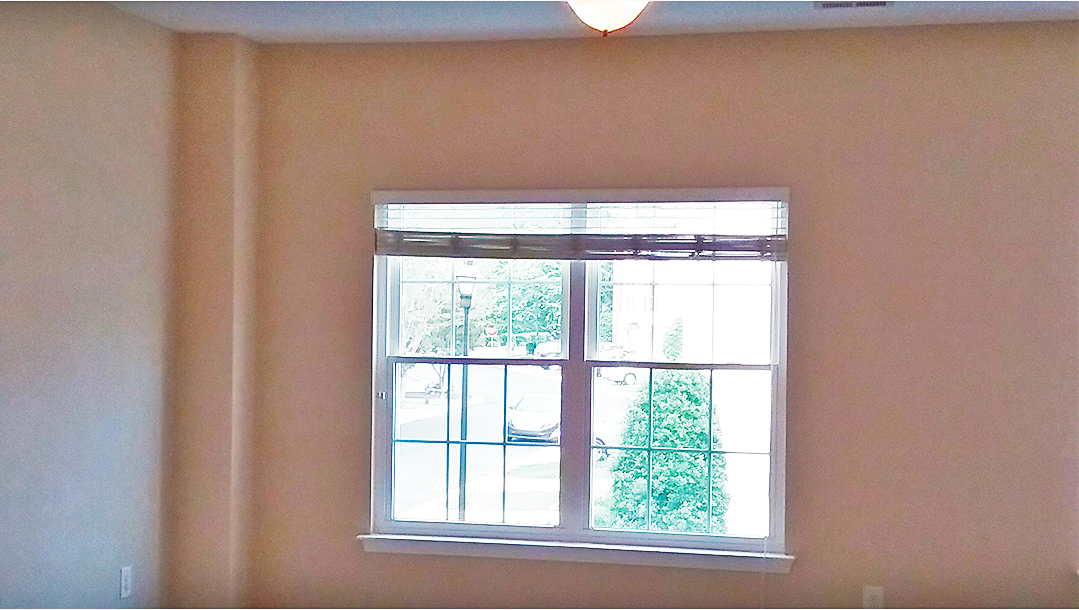


 Single Hung
Single Hung
 Double Hung
Double Hung
 Casement
Casement
 Picture/Shapes
Picture/Shapes
 Sliding
Sliding
 Awning & Hopper
Awning & Hopper
 Bay & Bow
Bay & Bow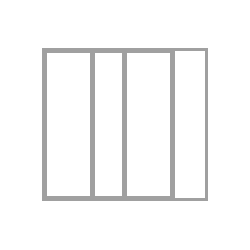
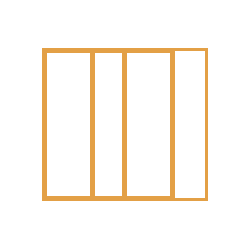 Sliding Patio Doors
Sliding Patio Doors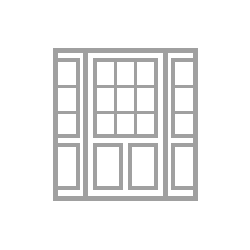
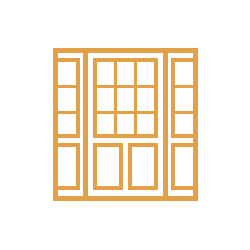 Entry Doors
Entry Doors